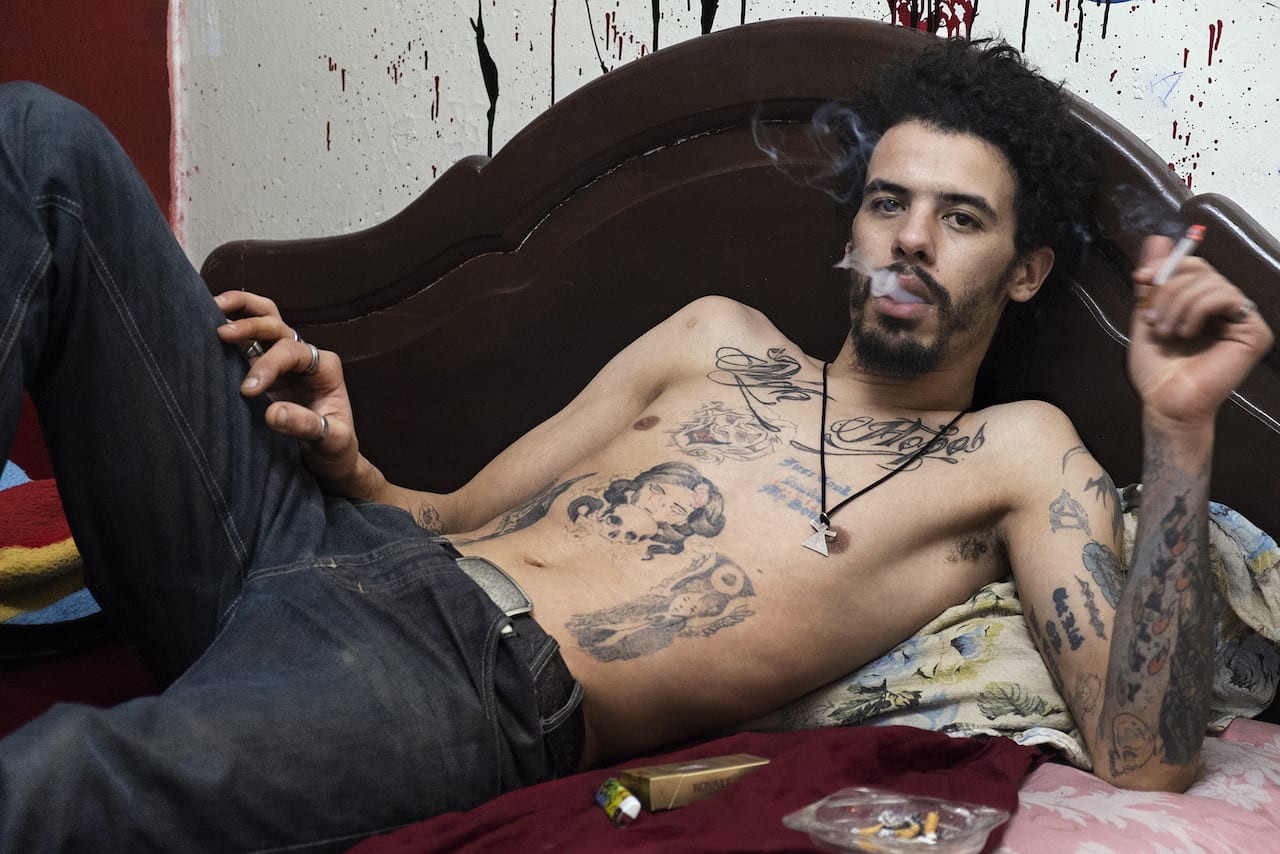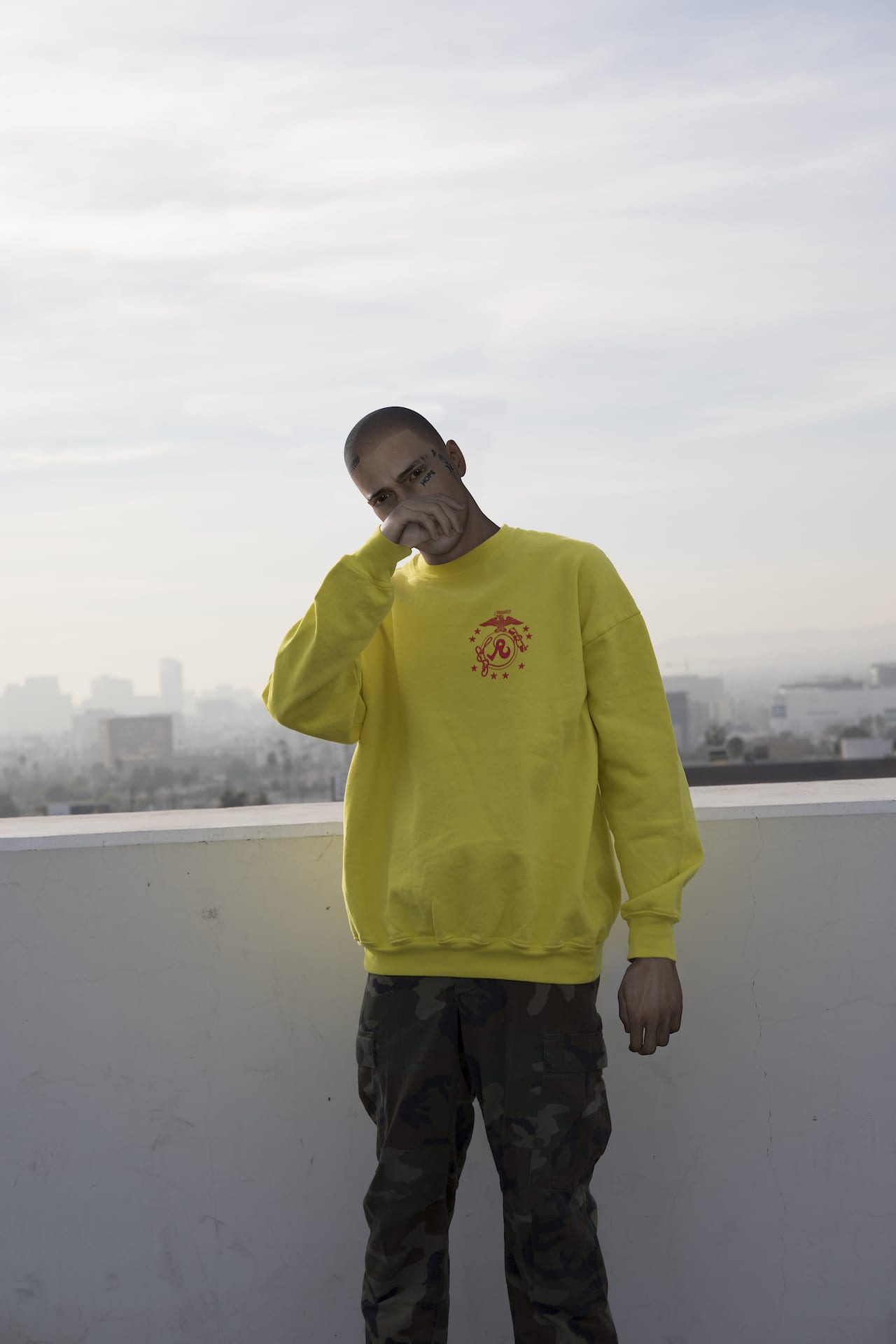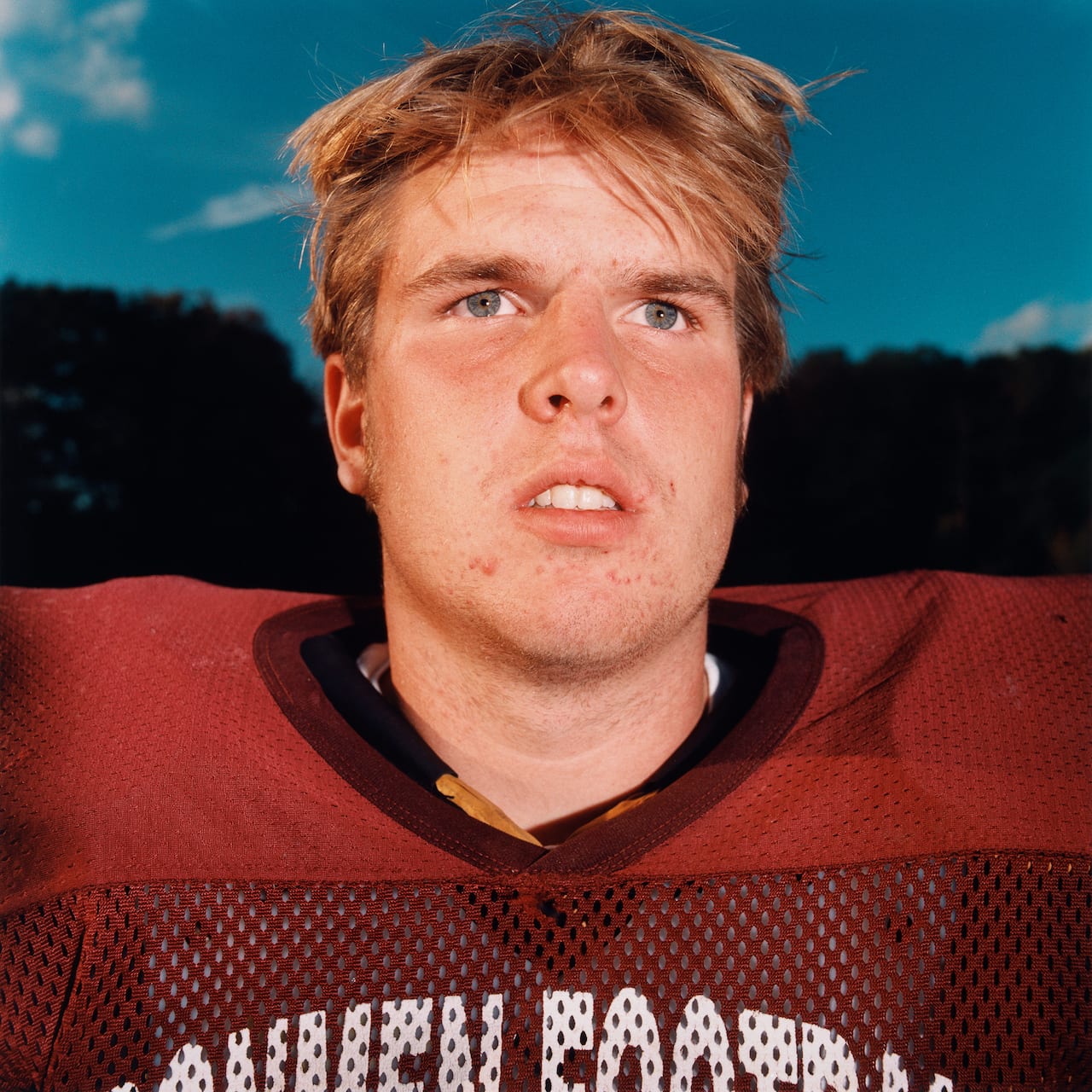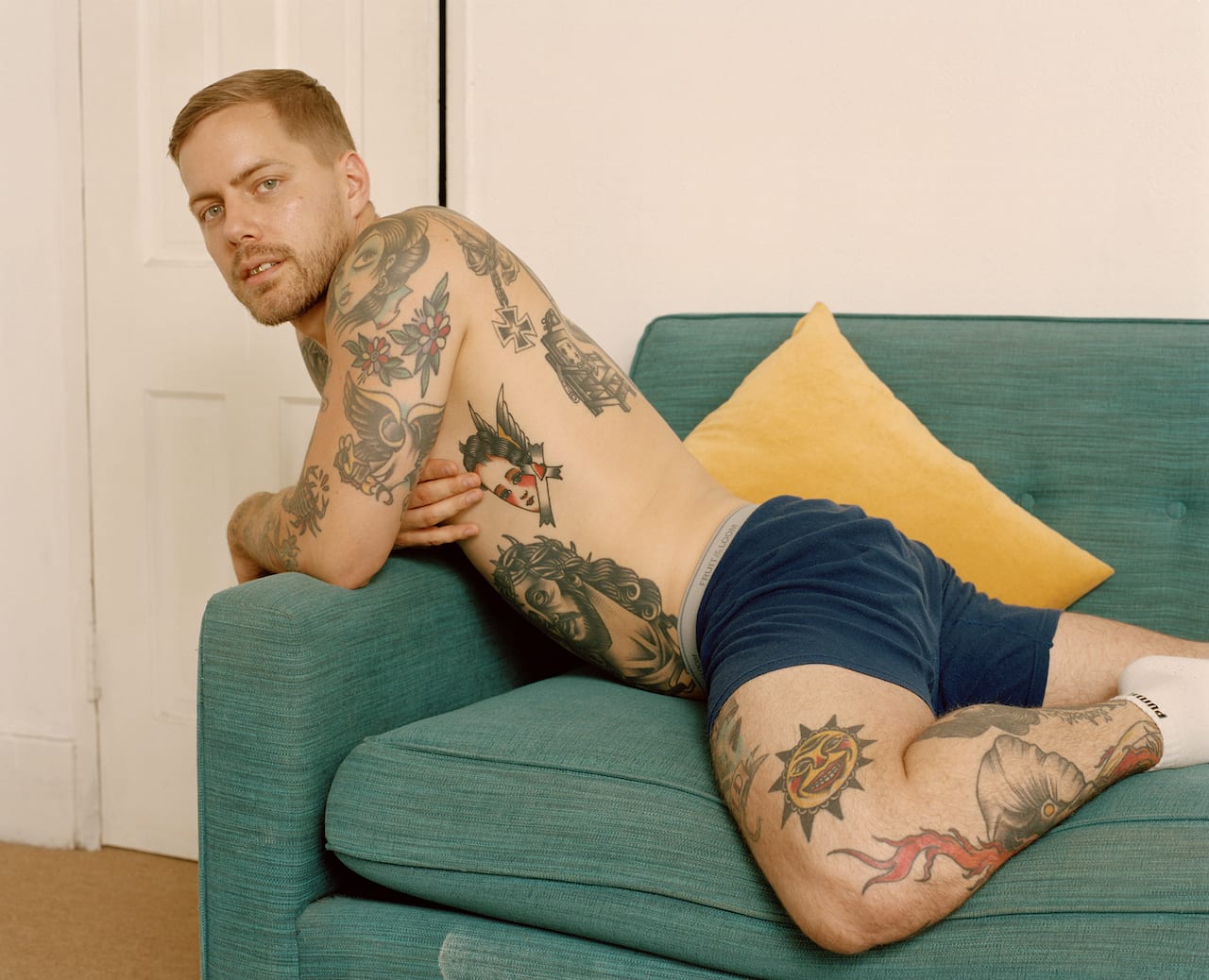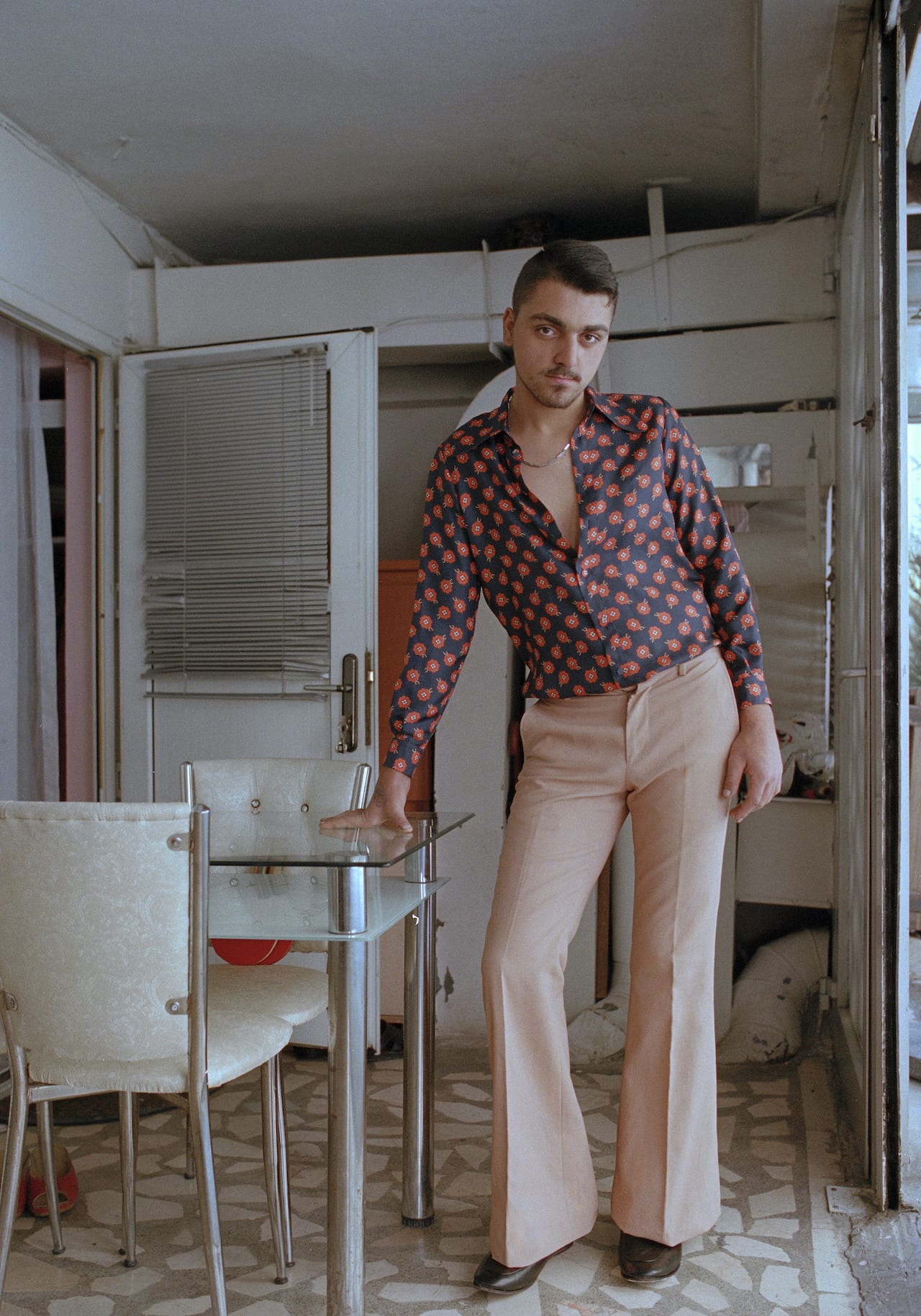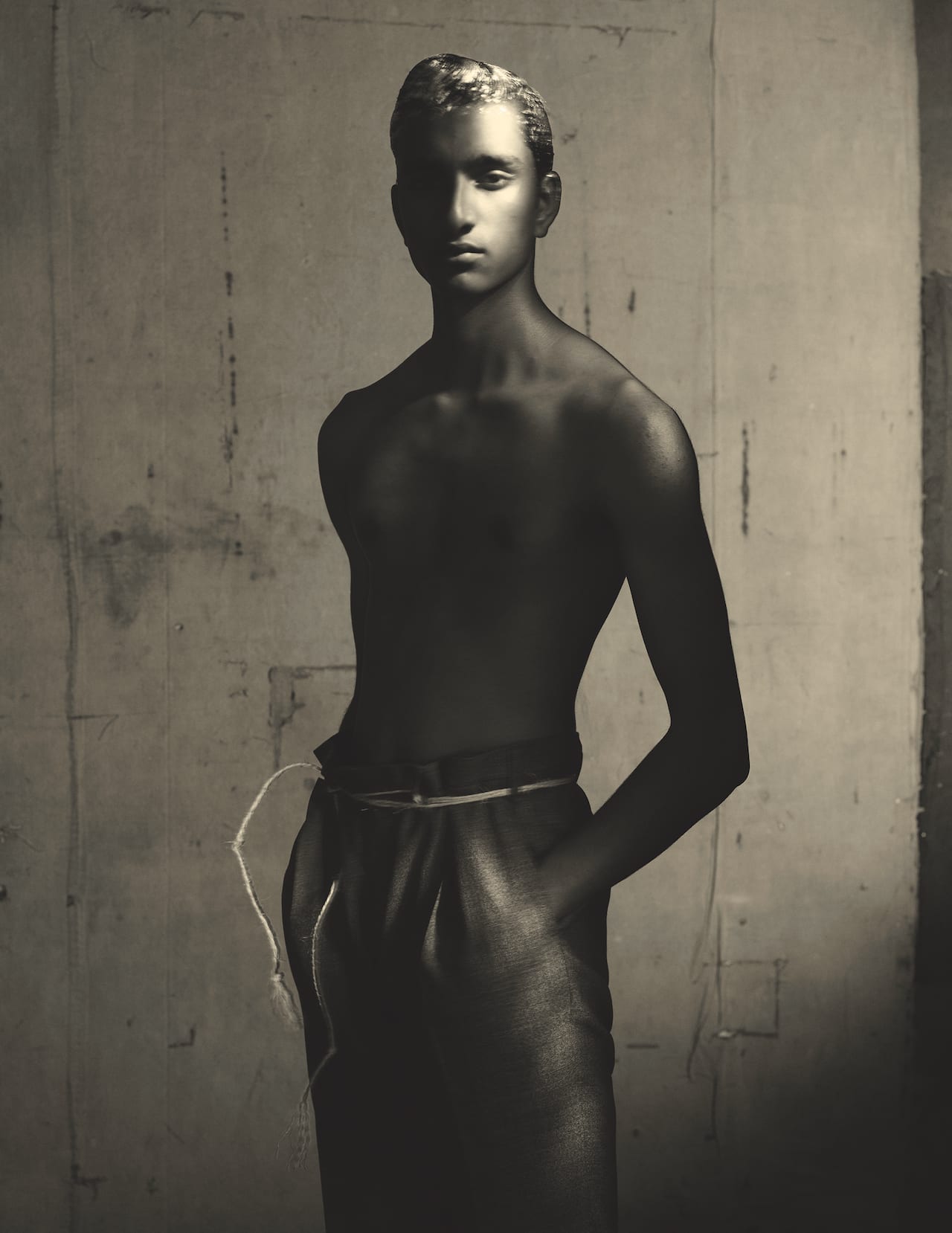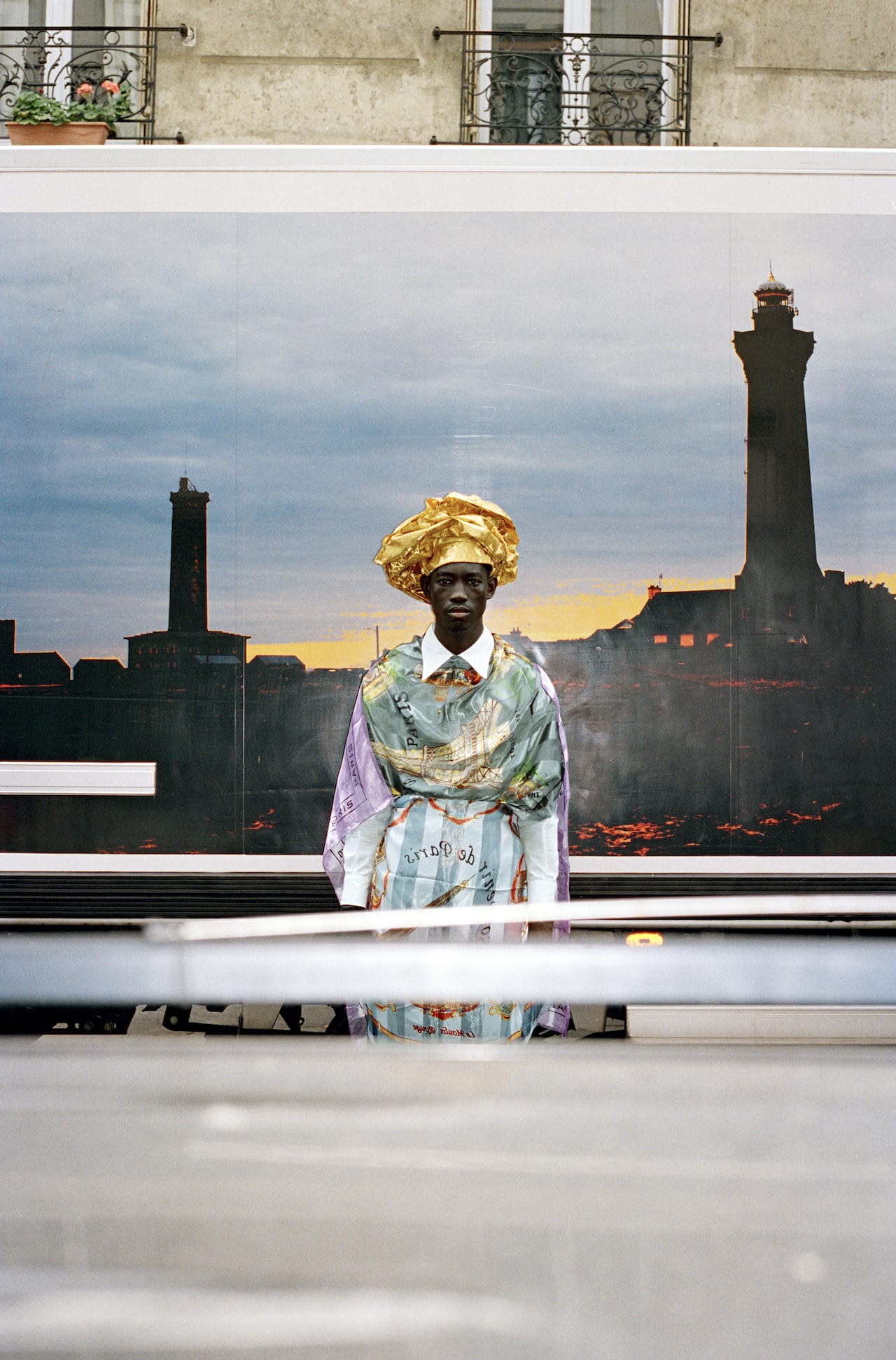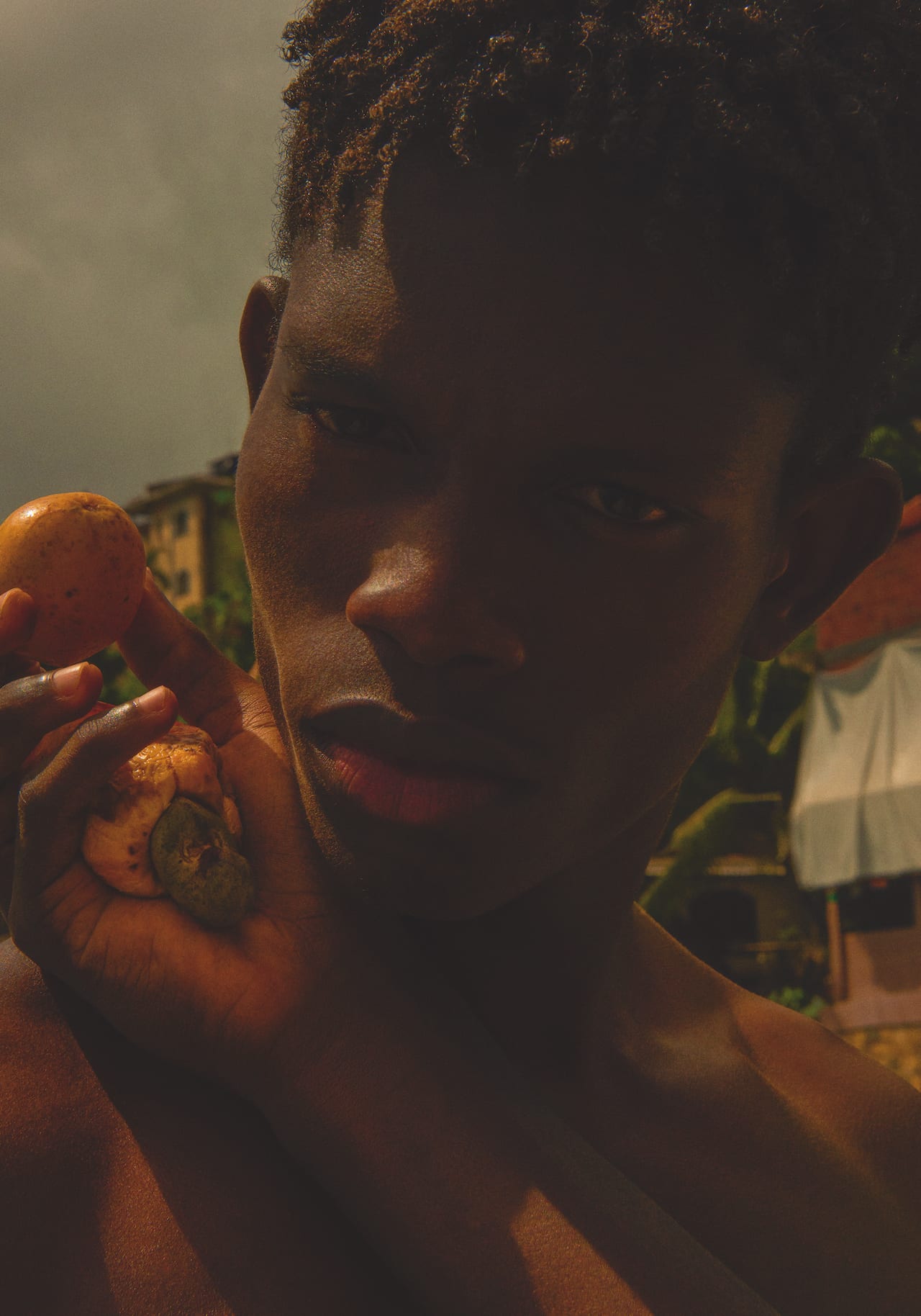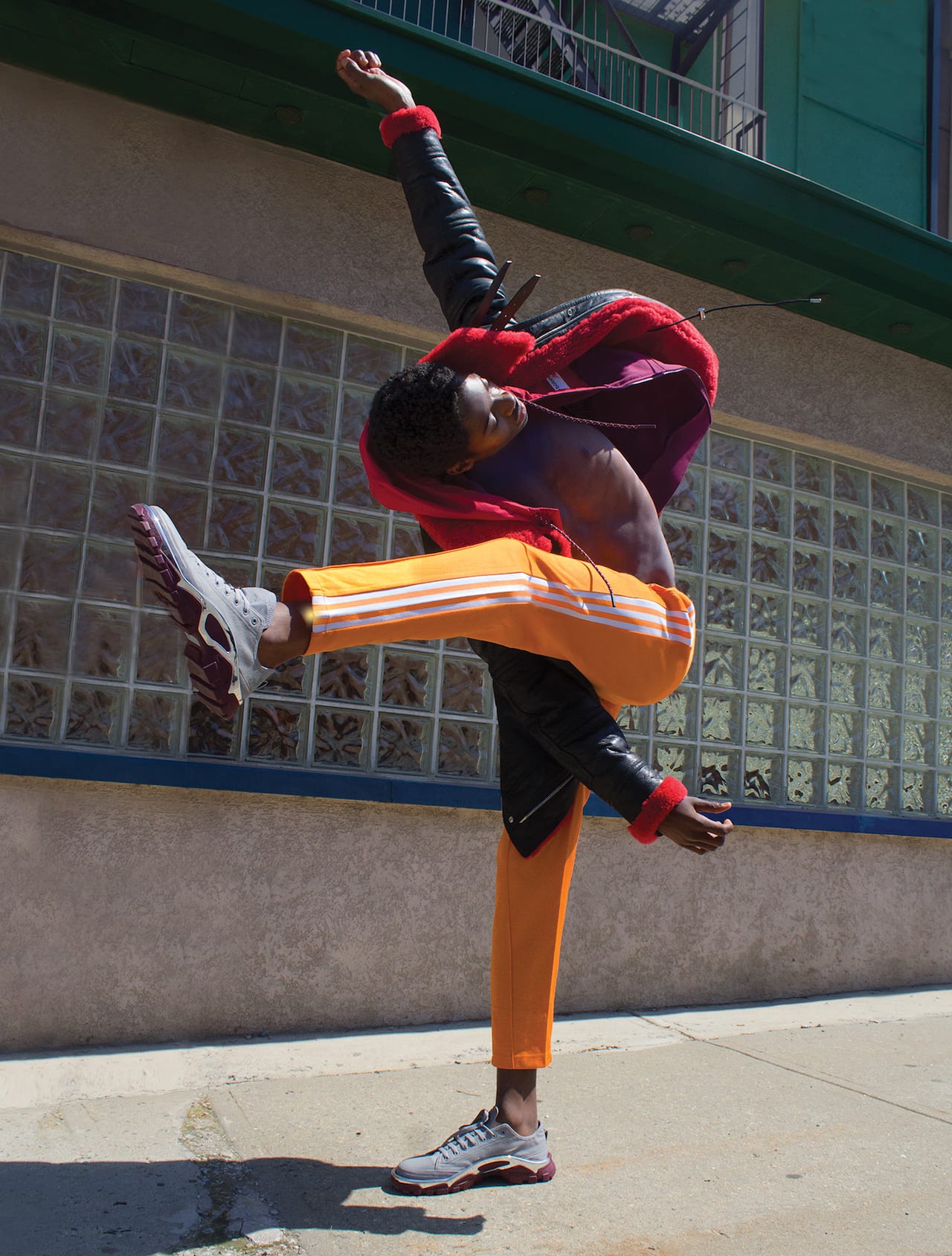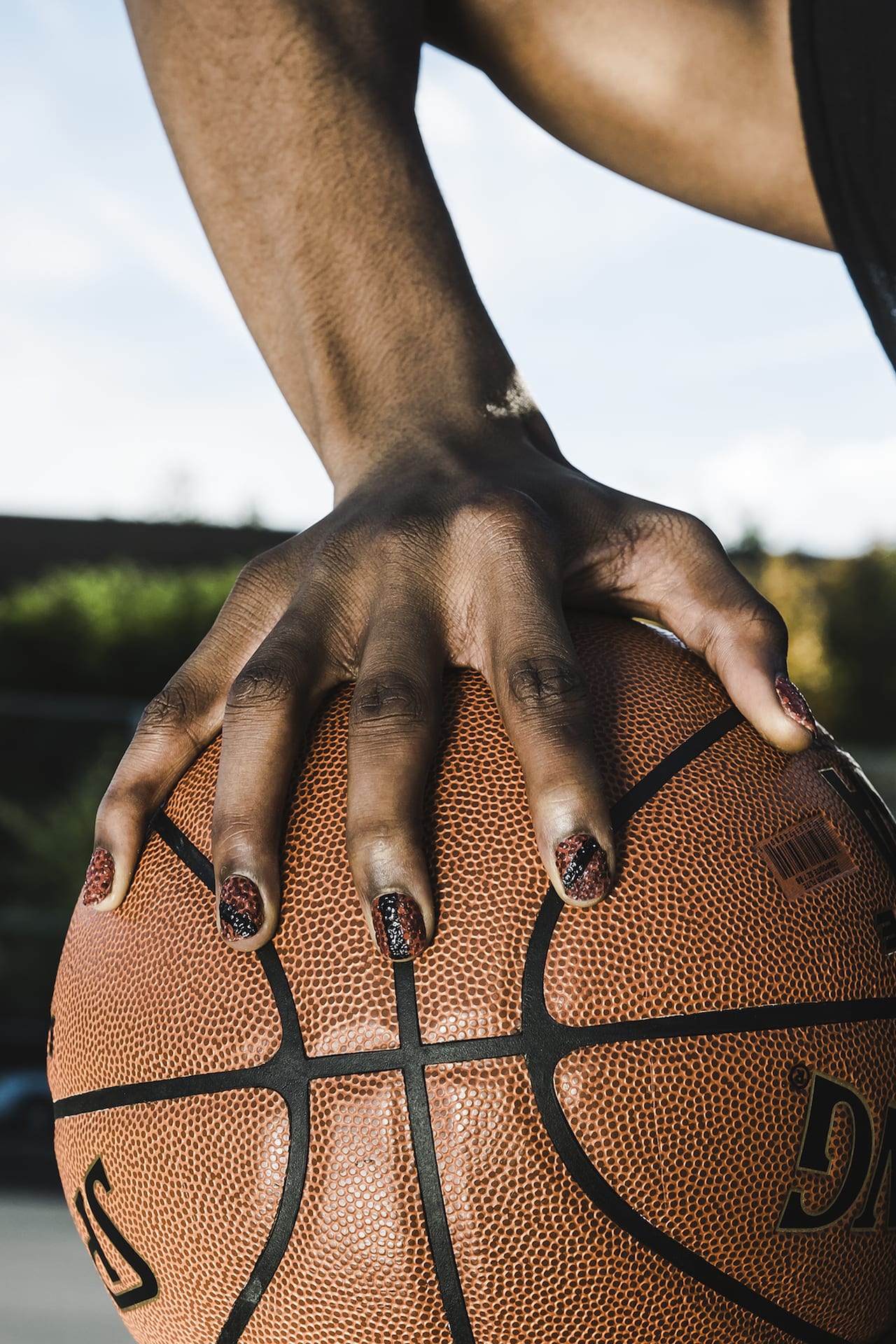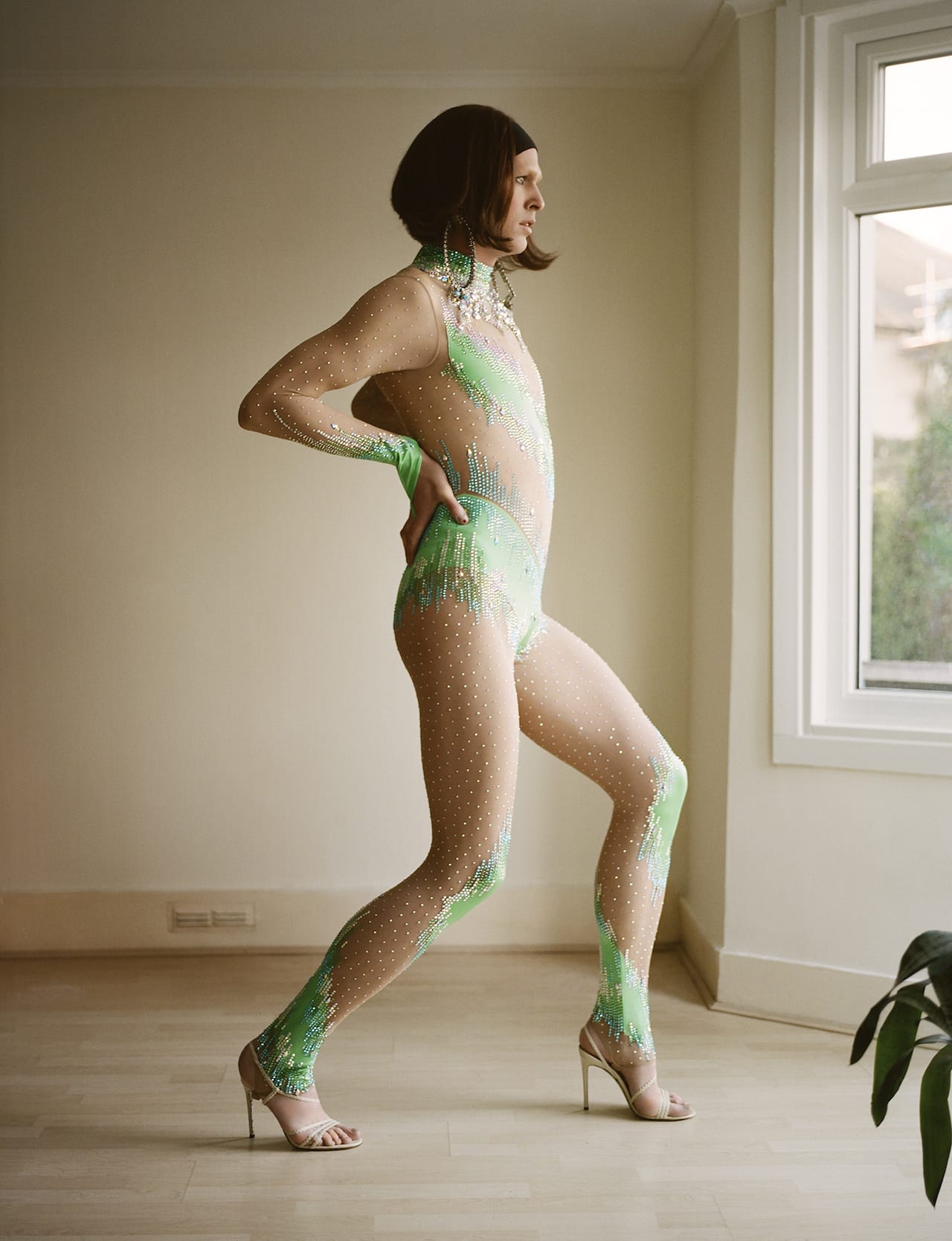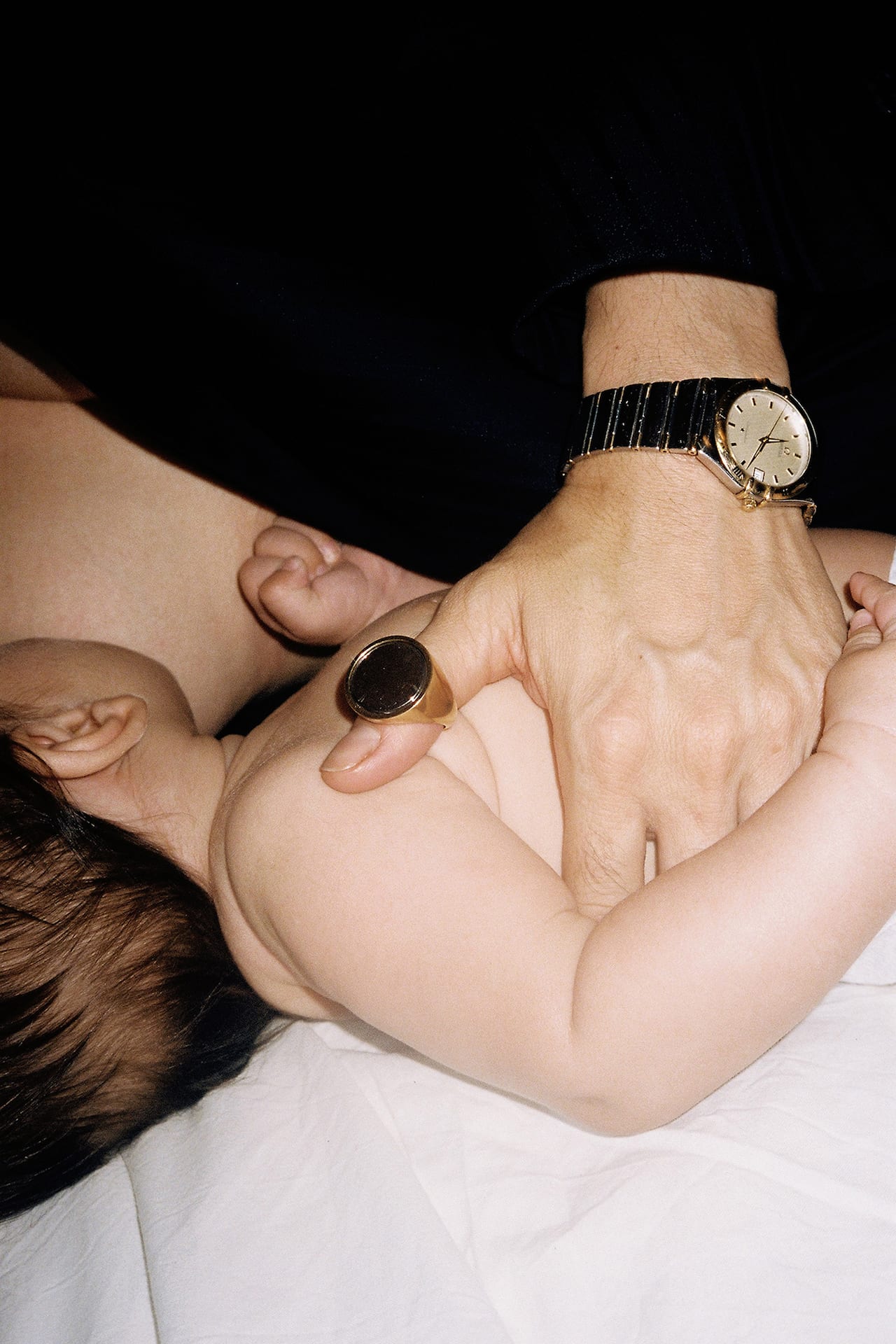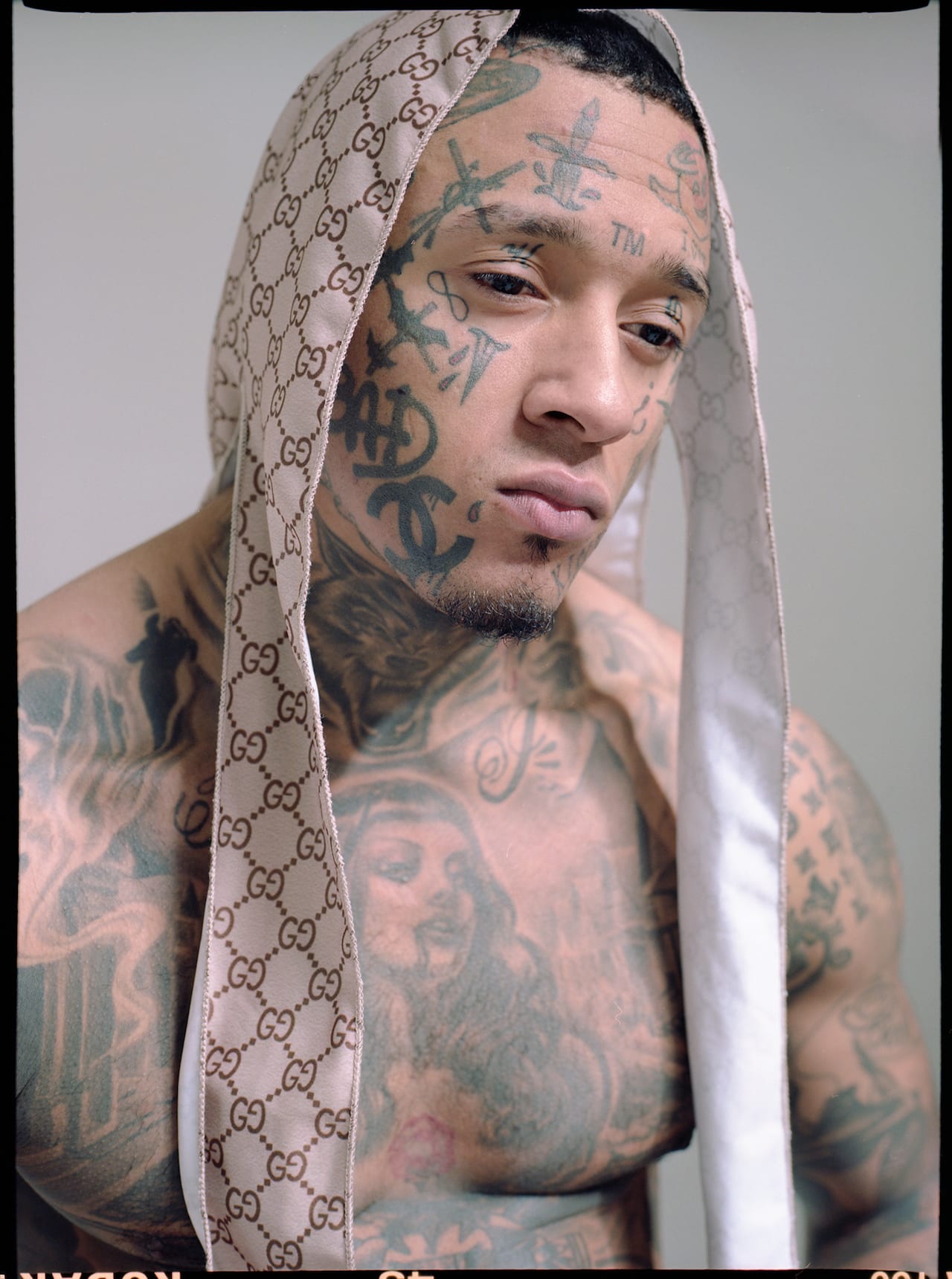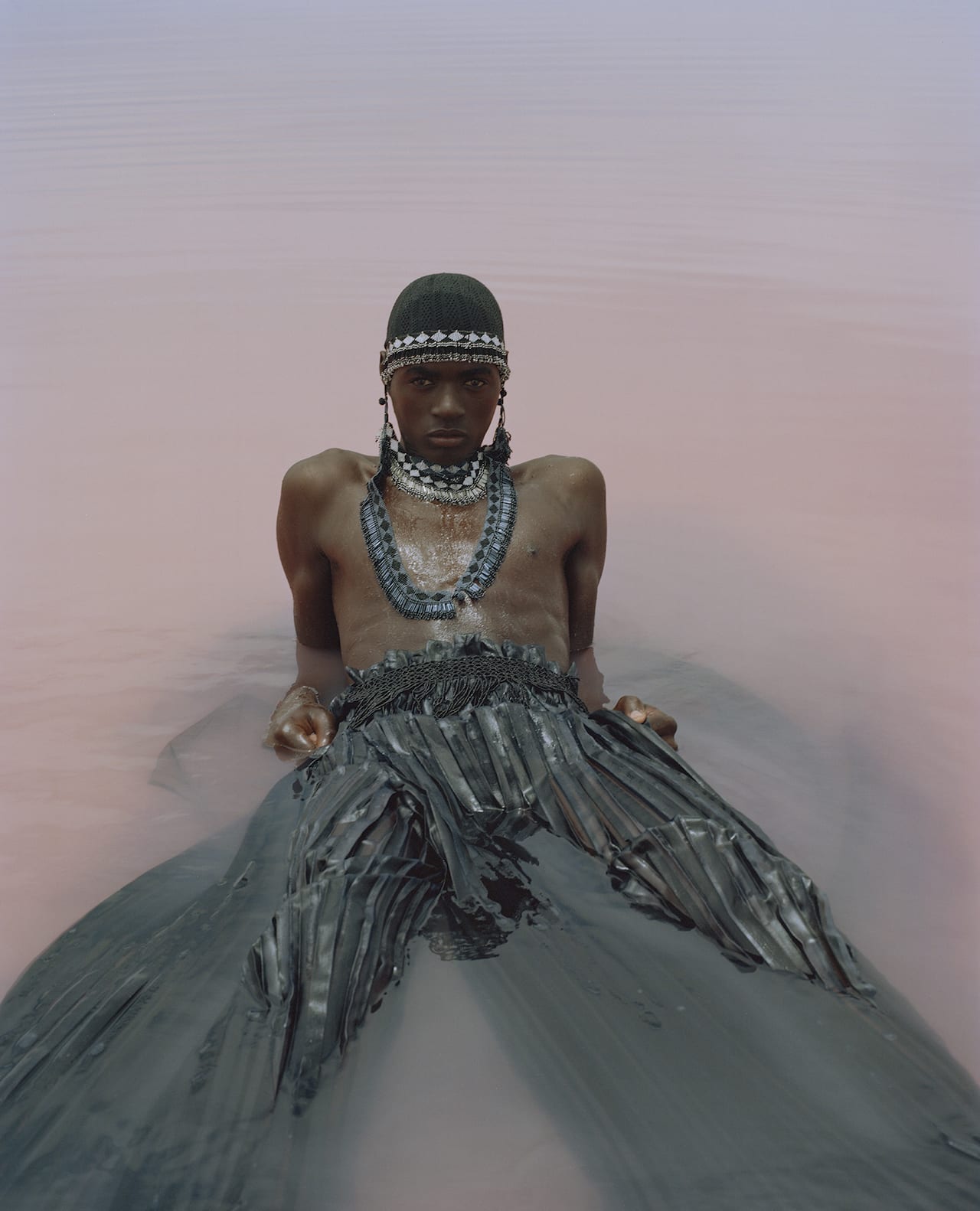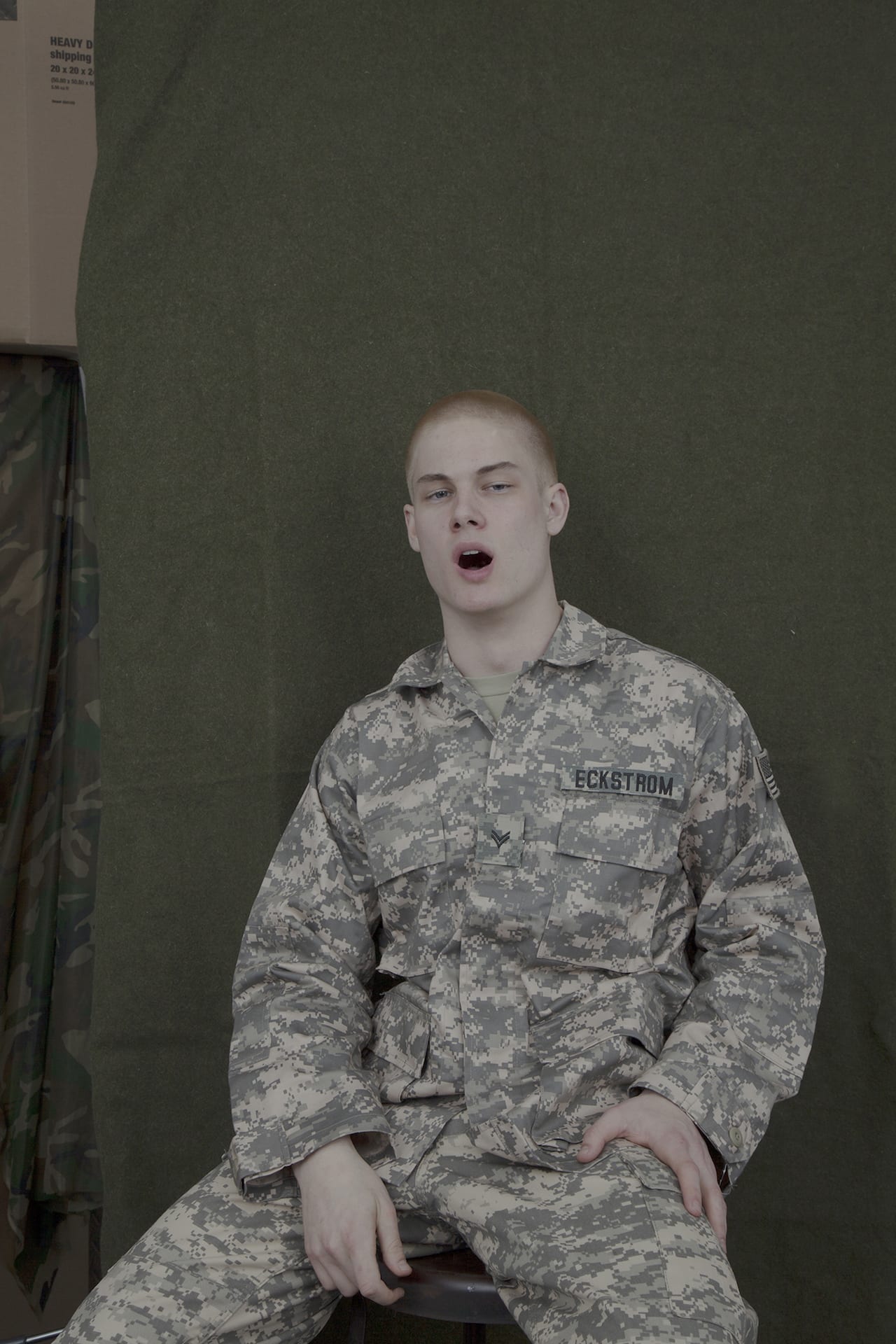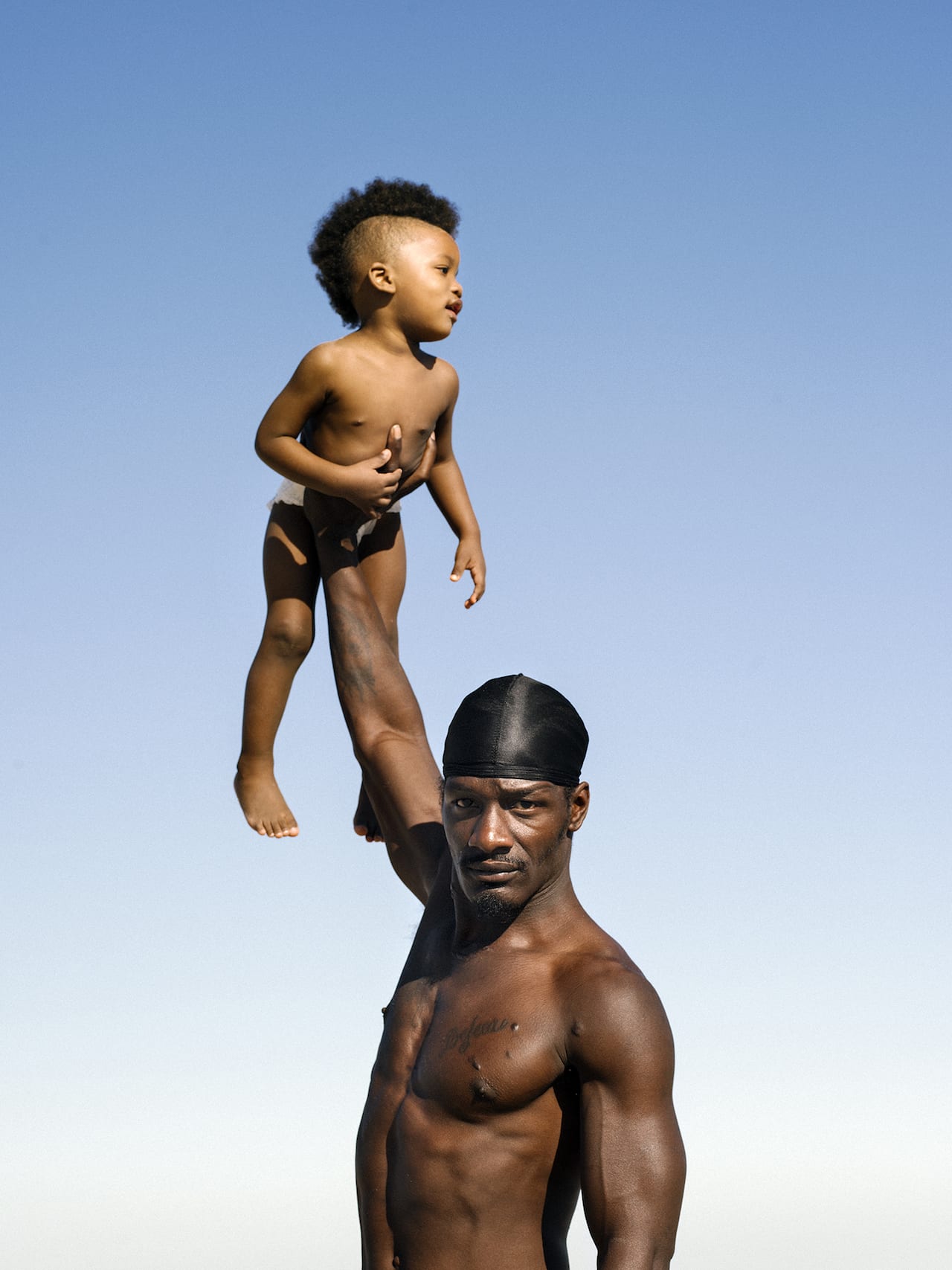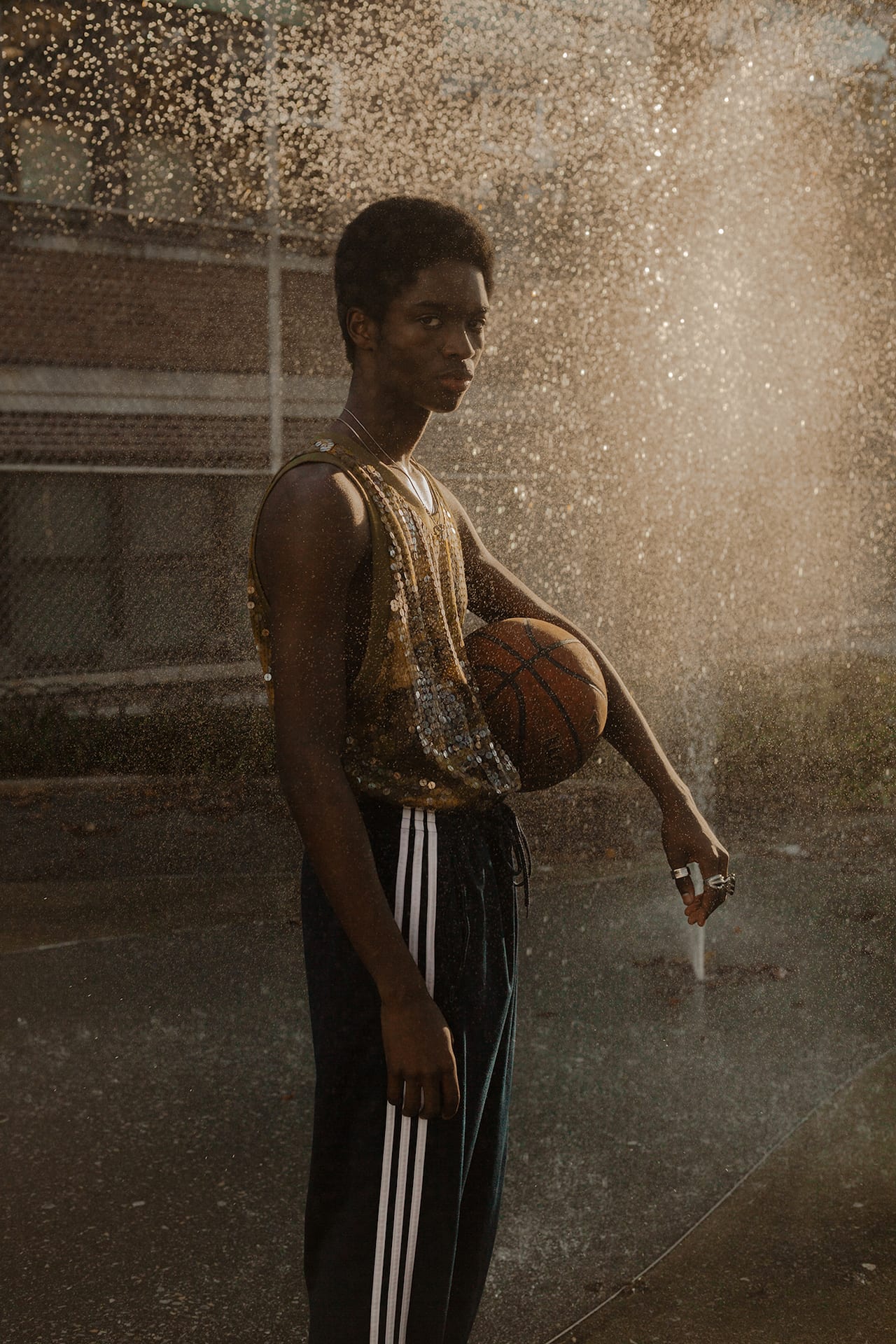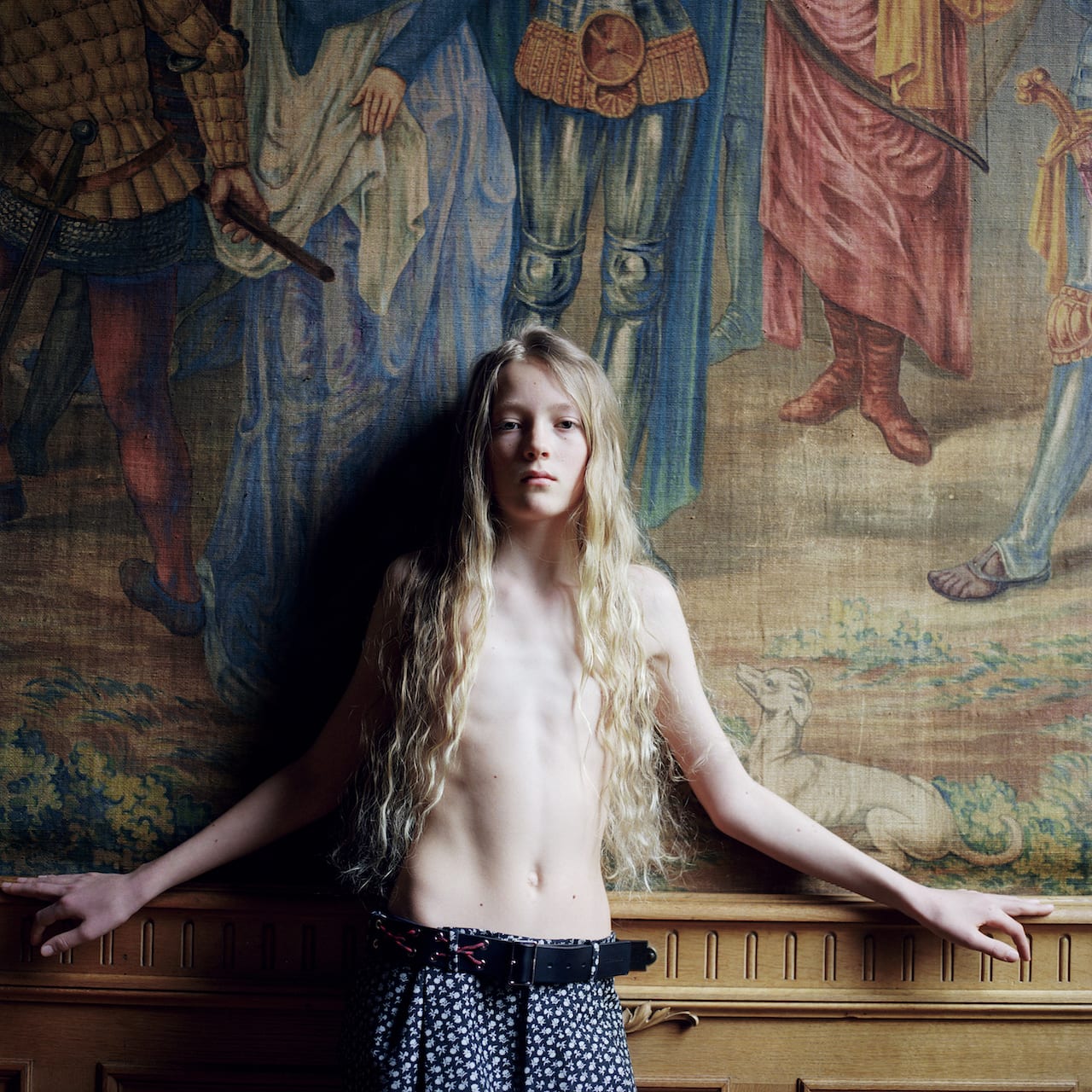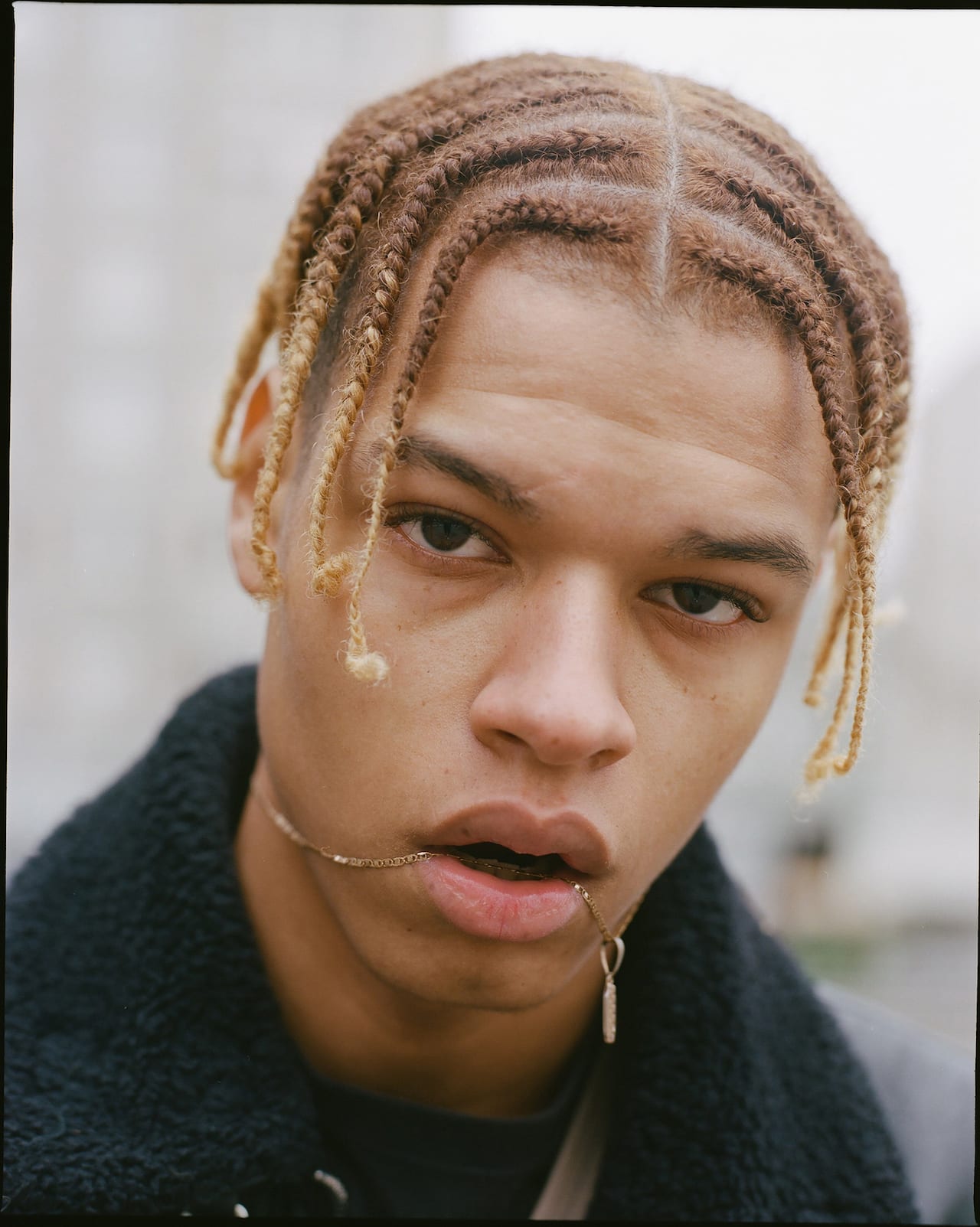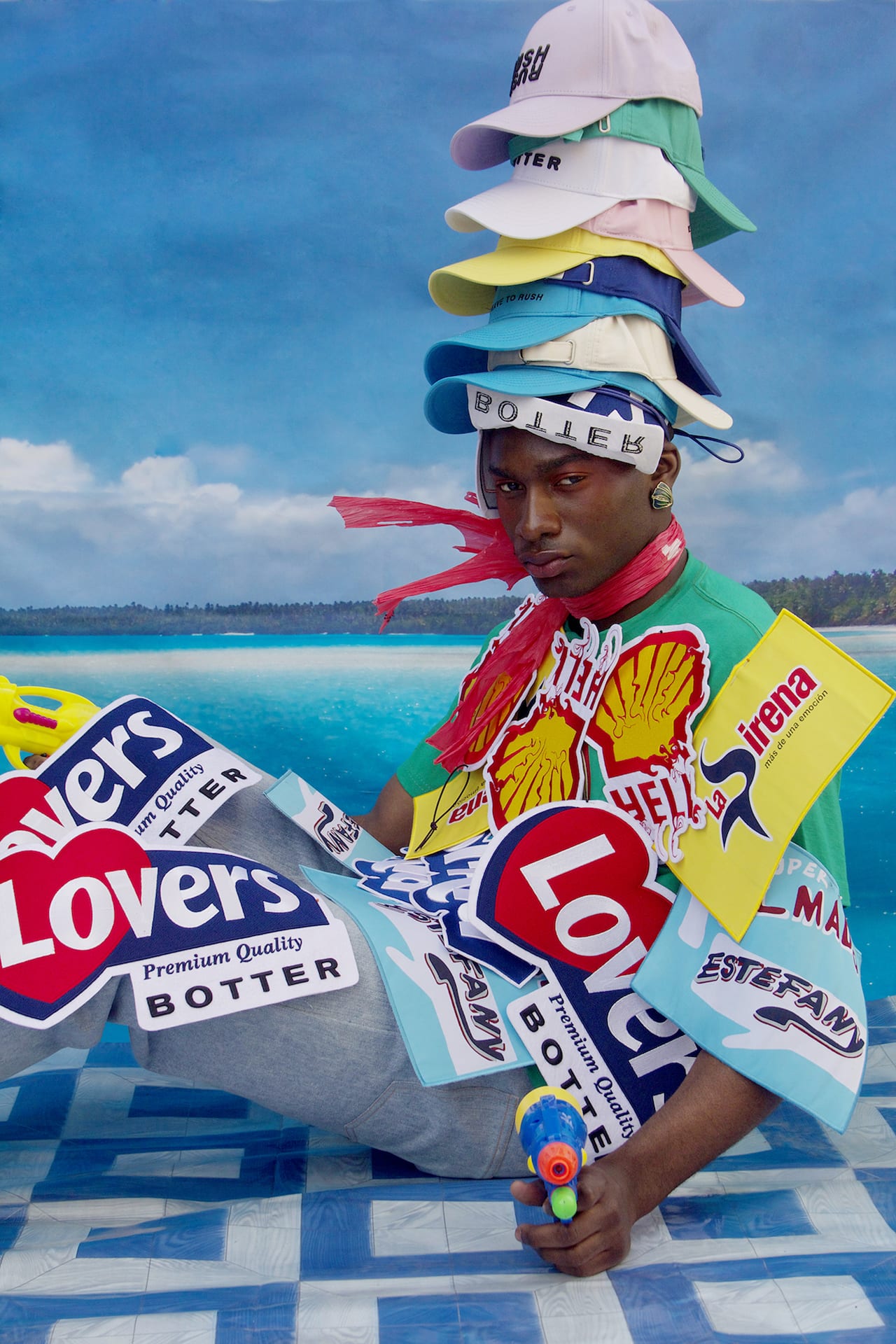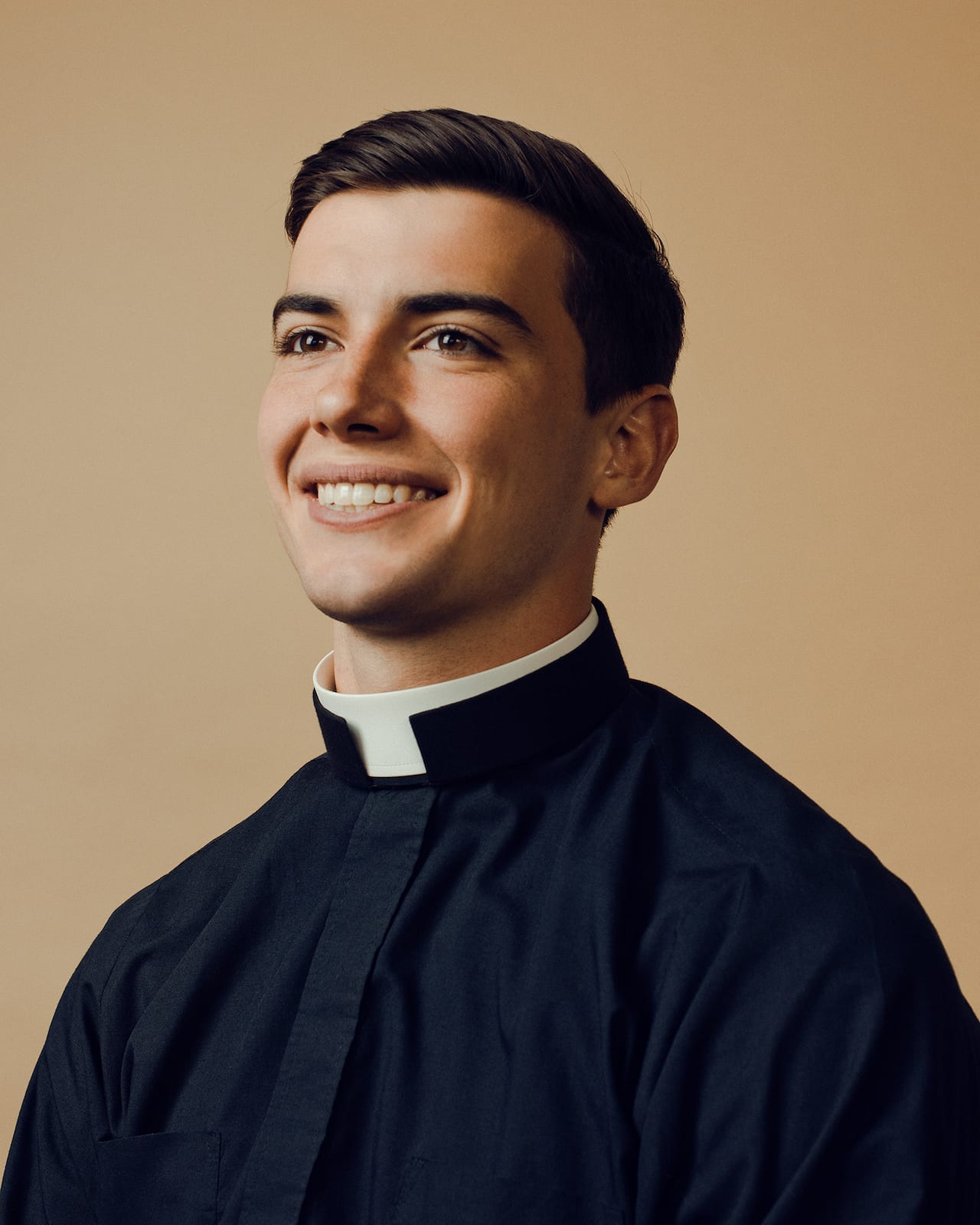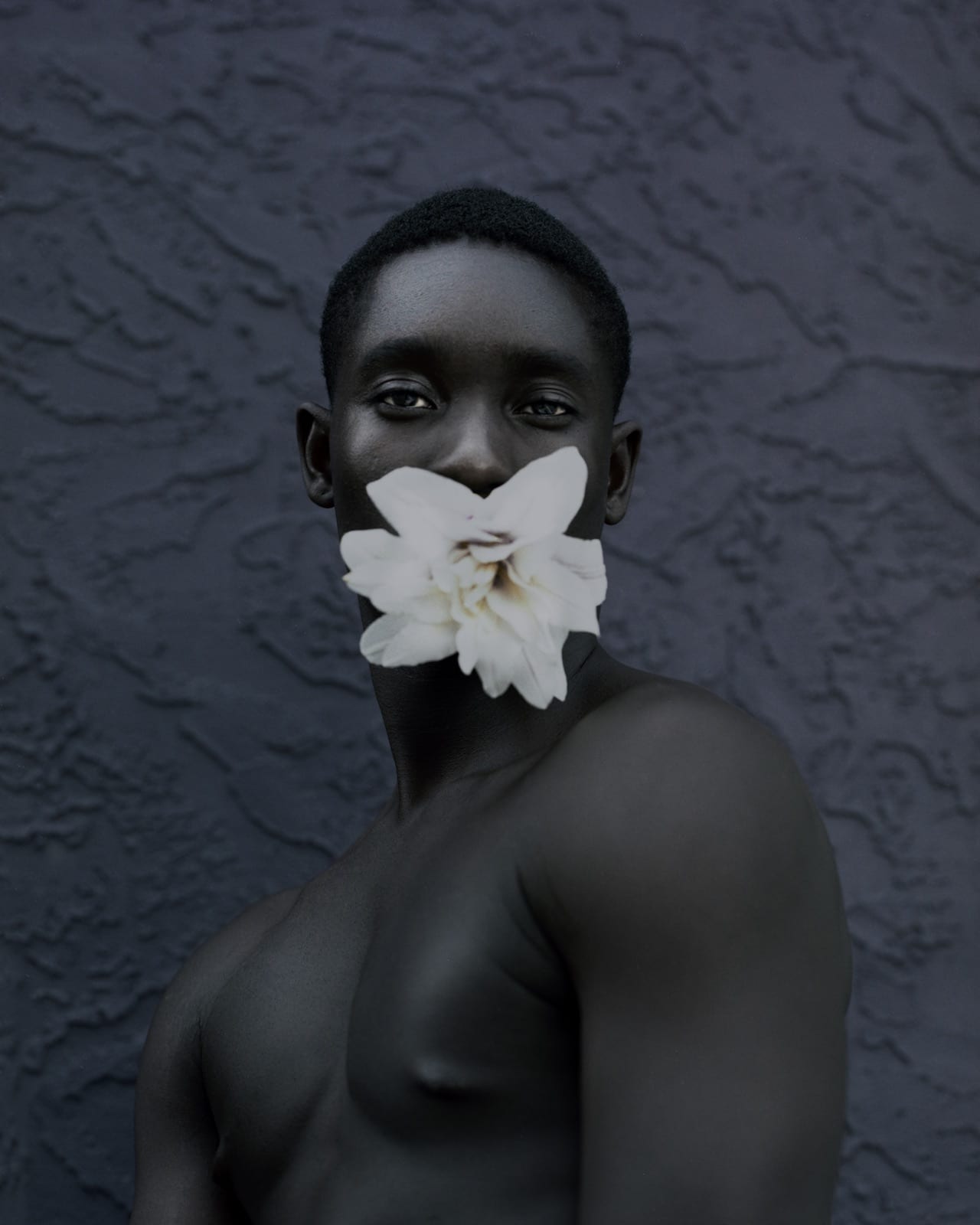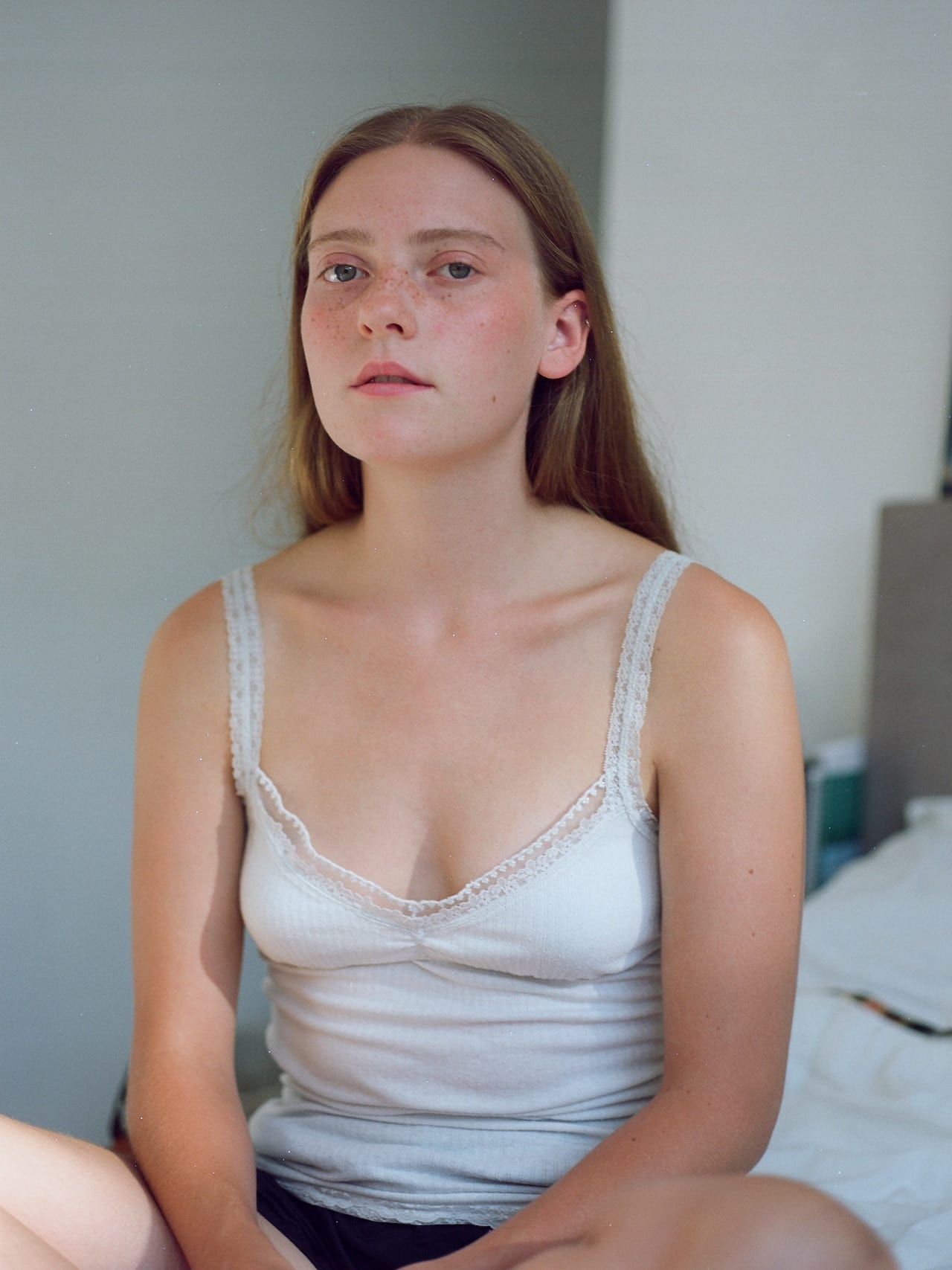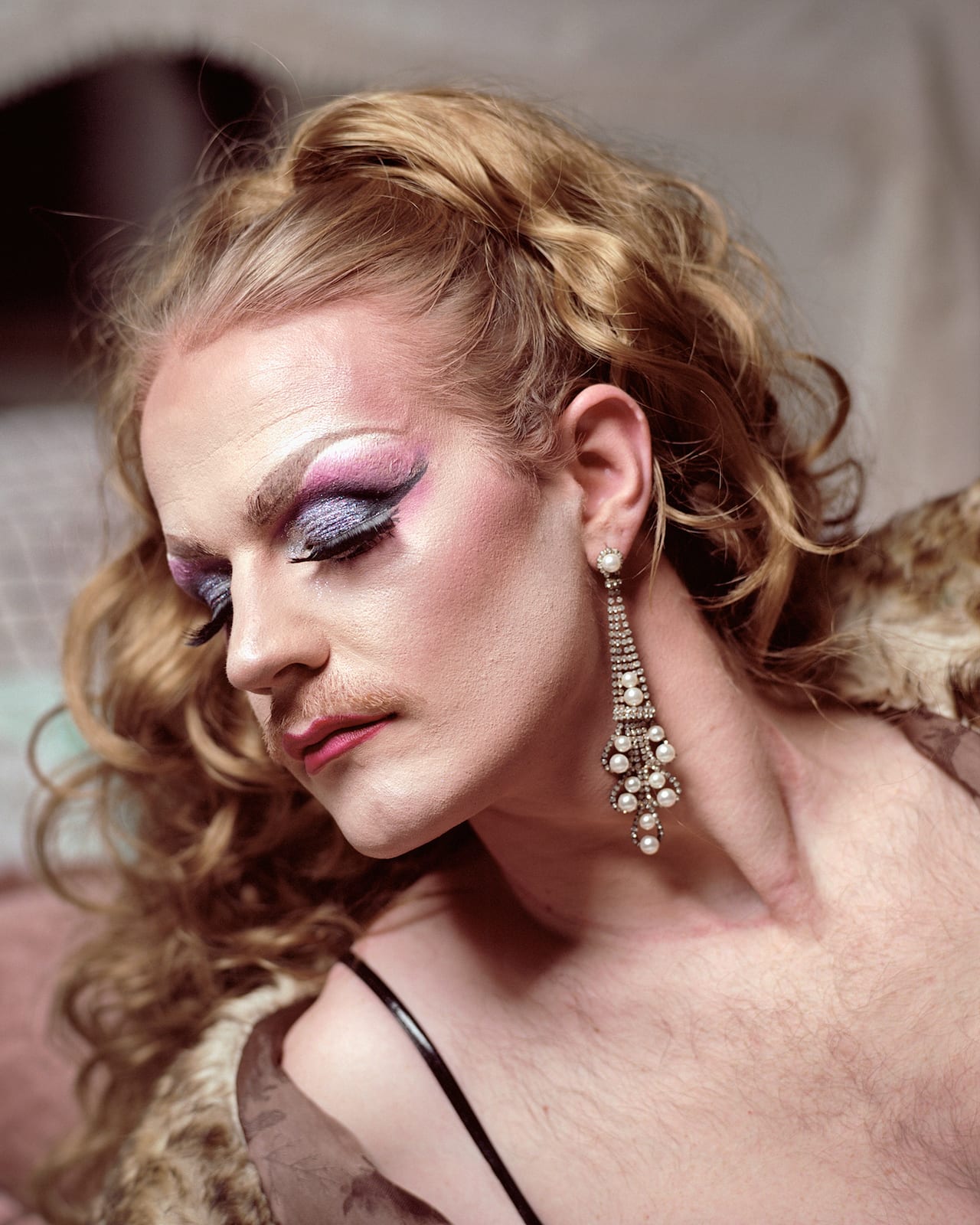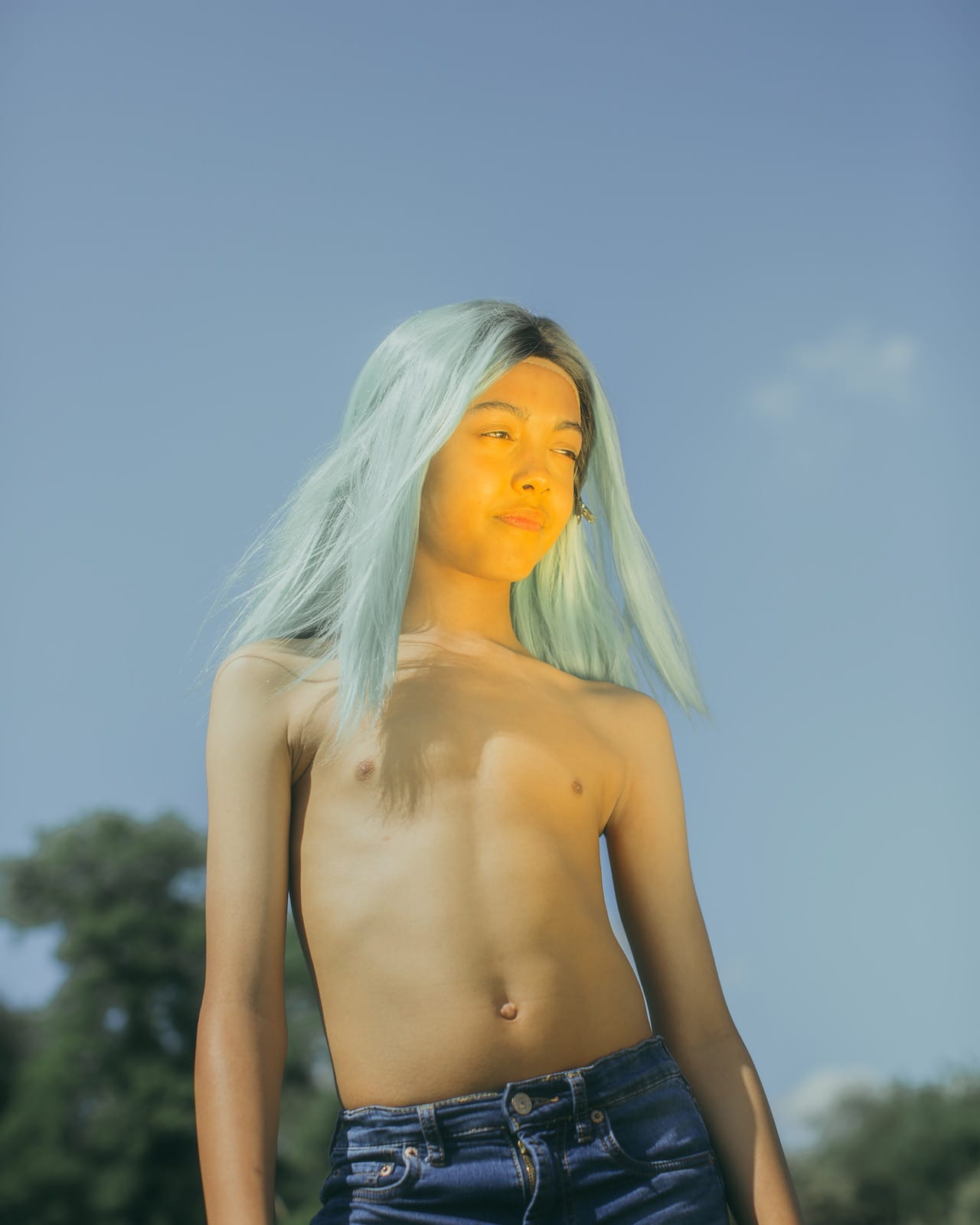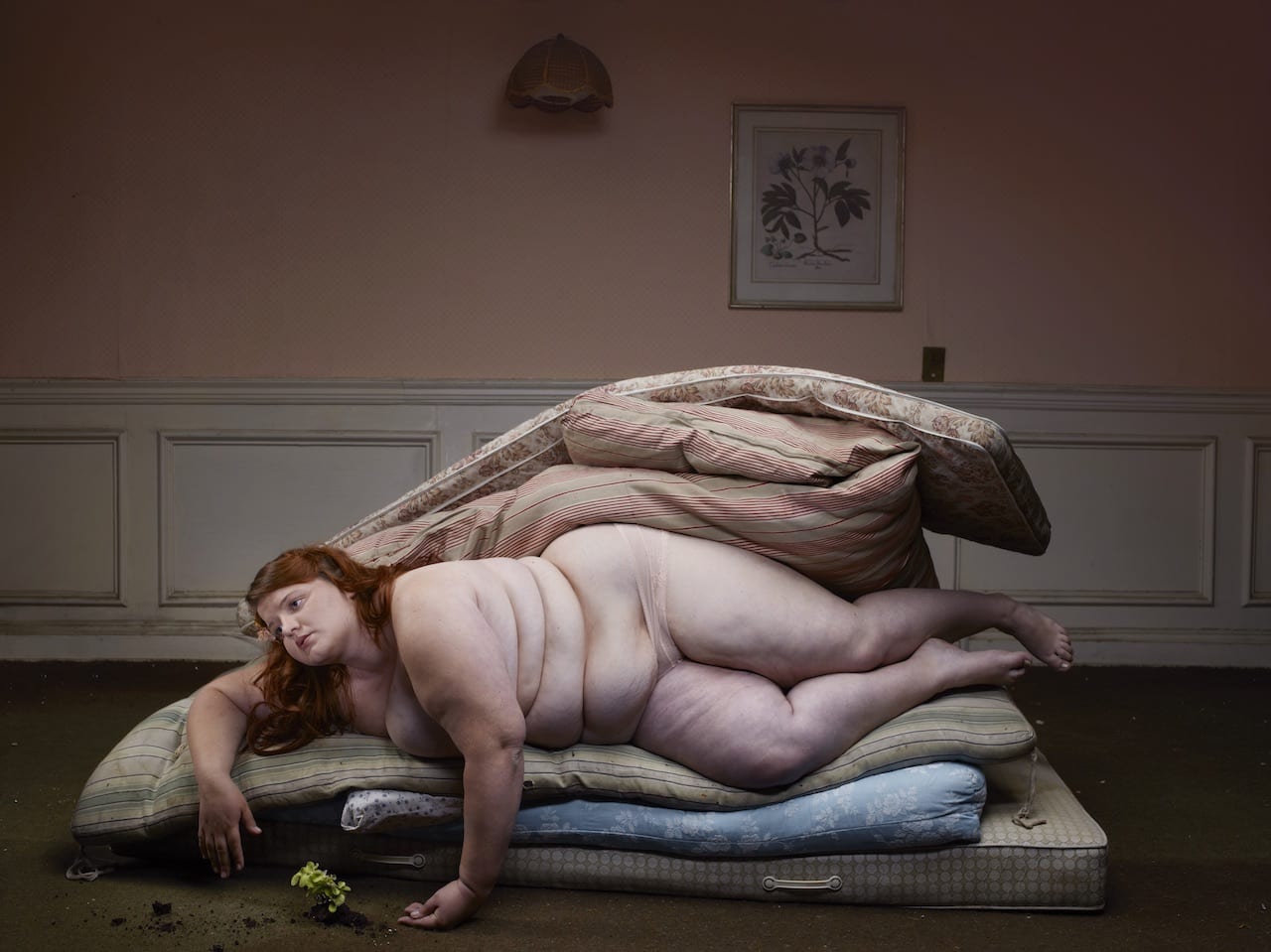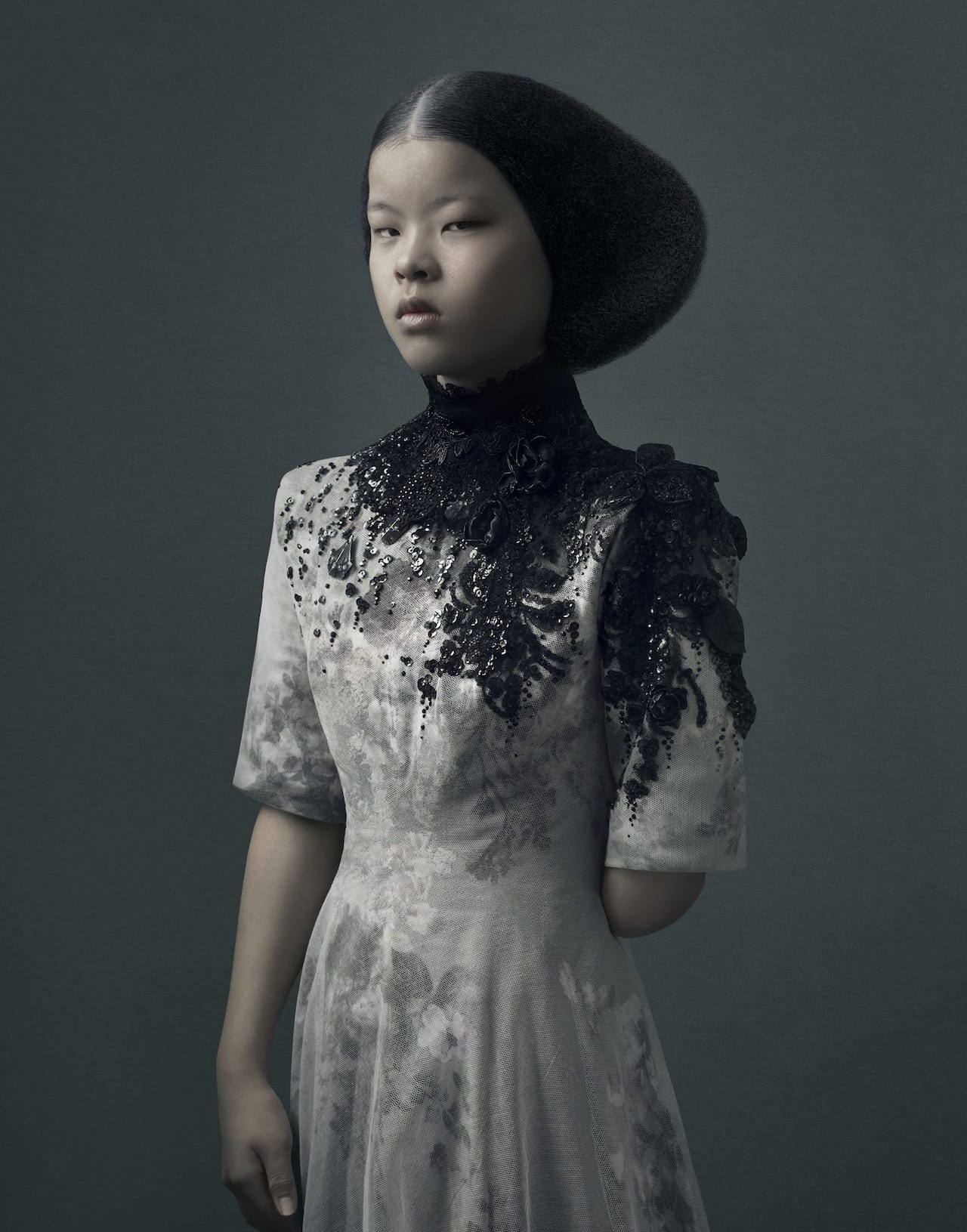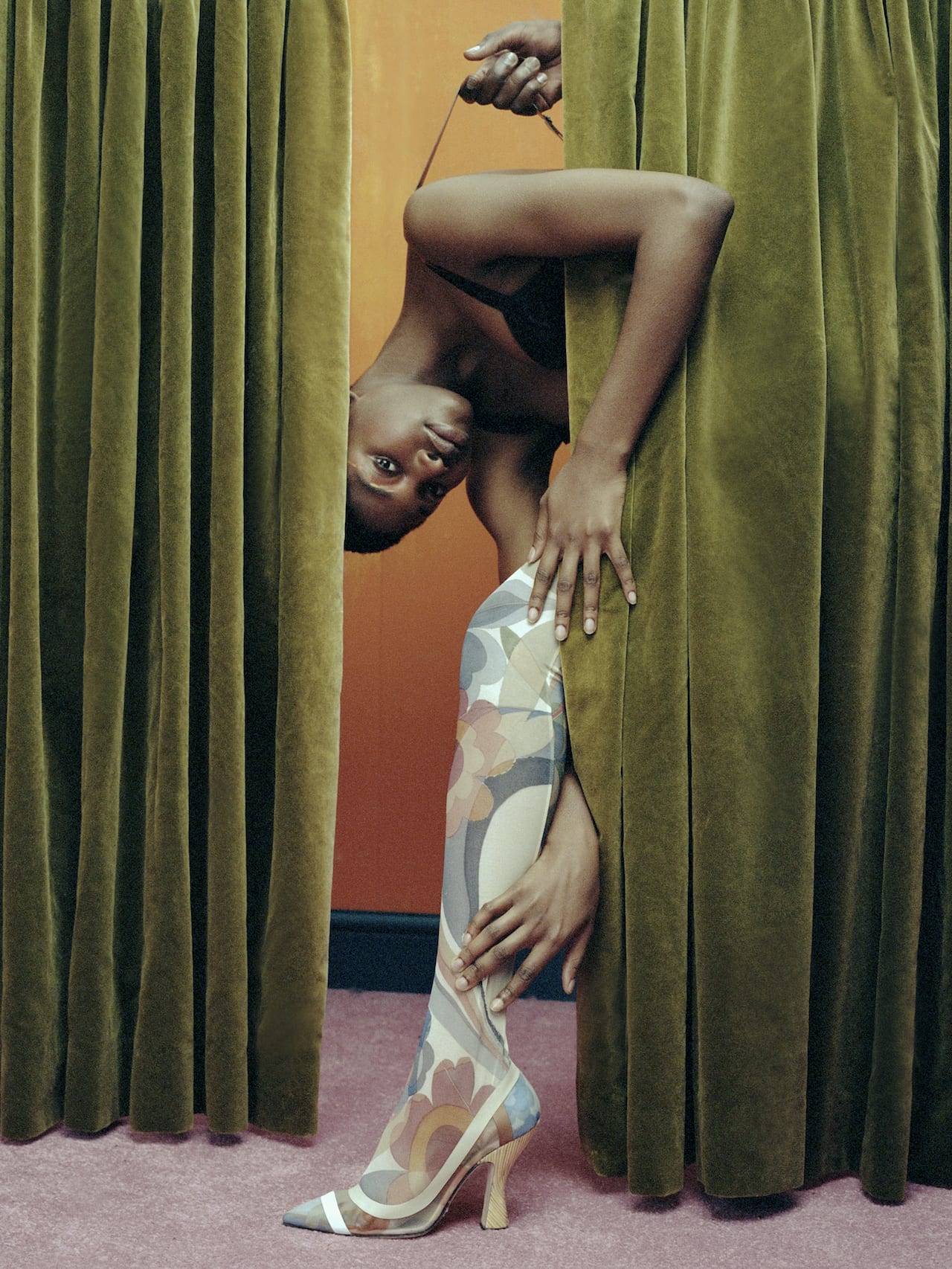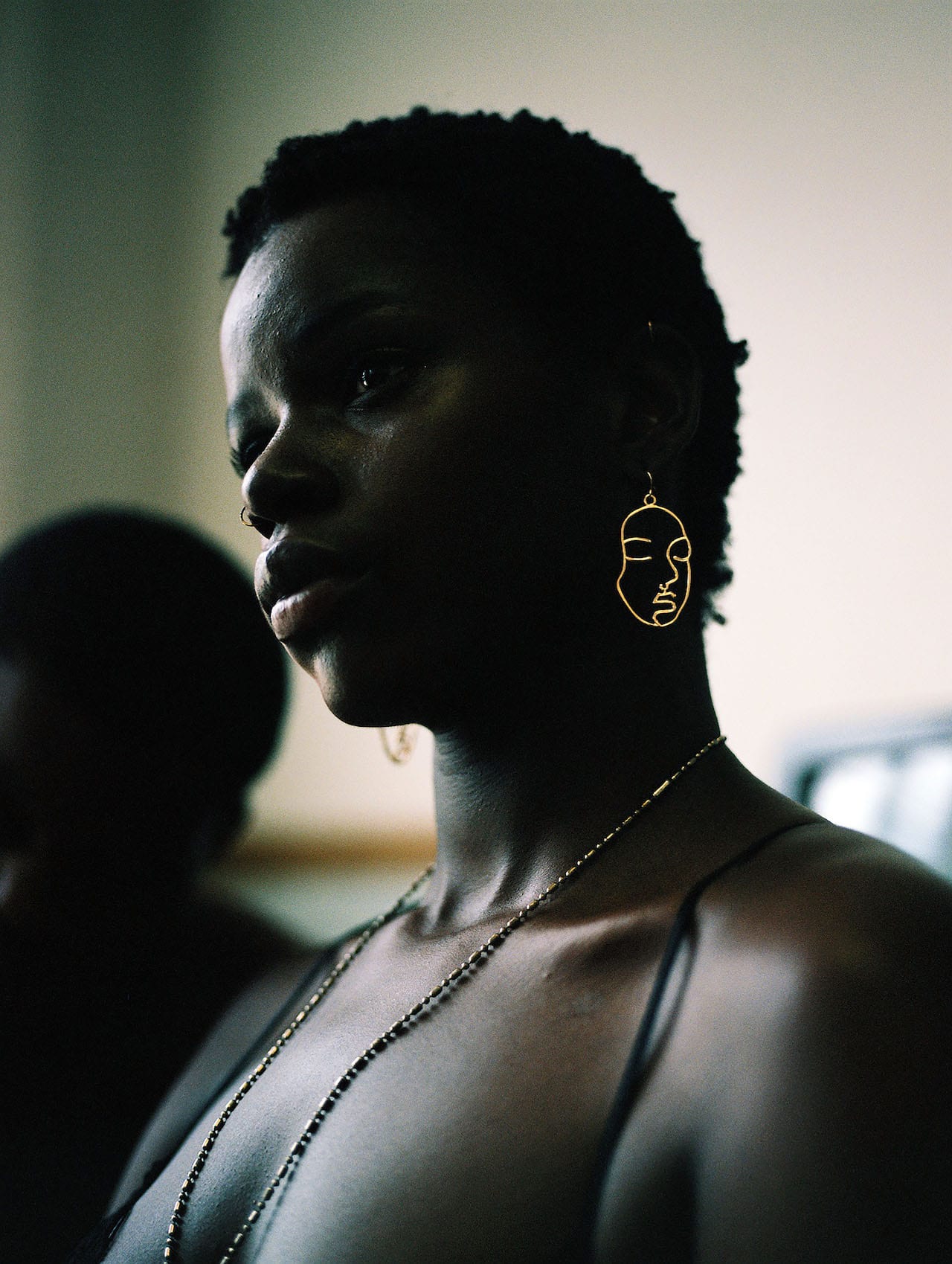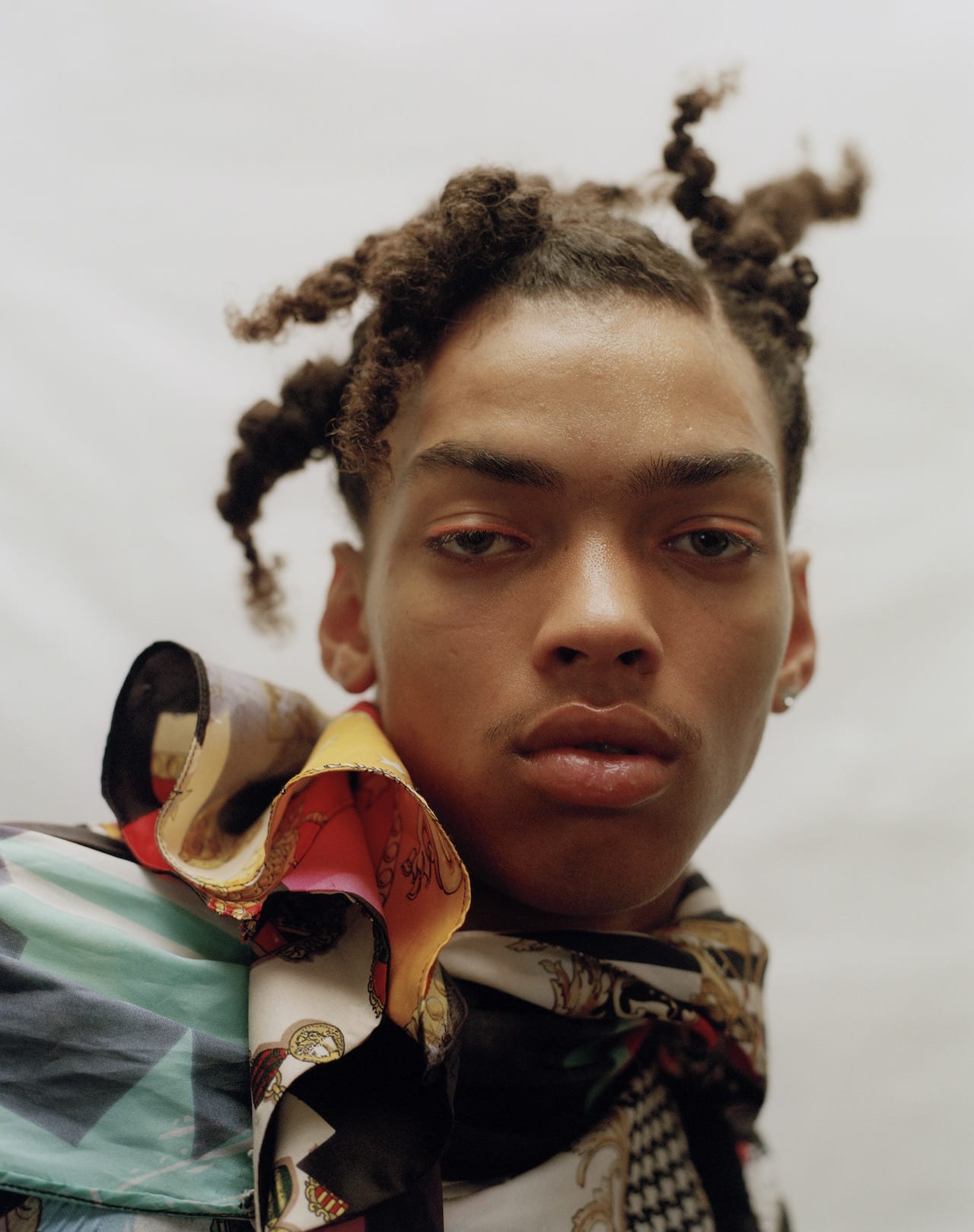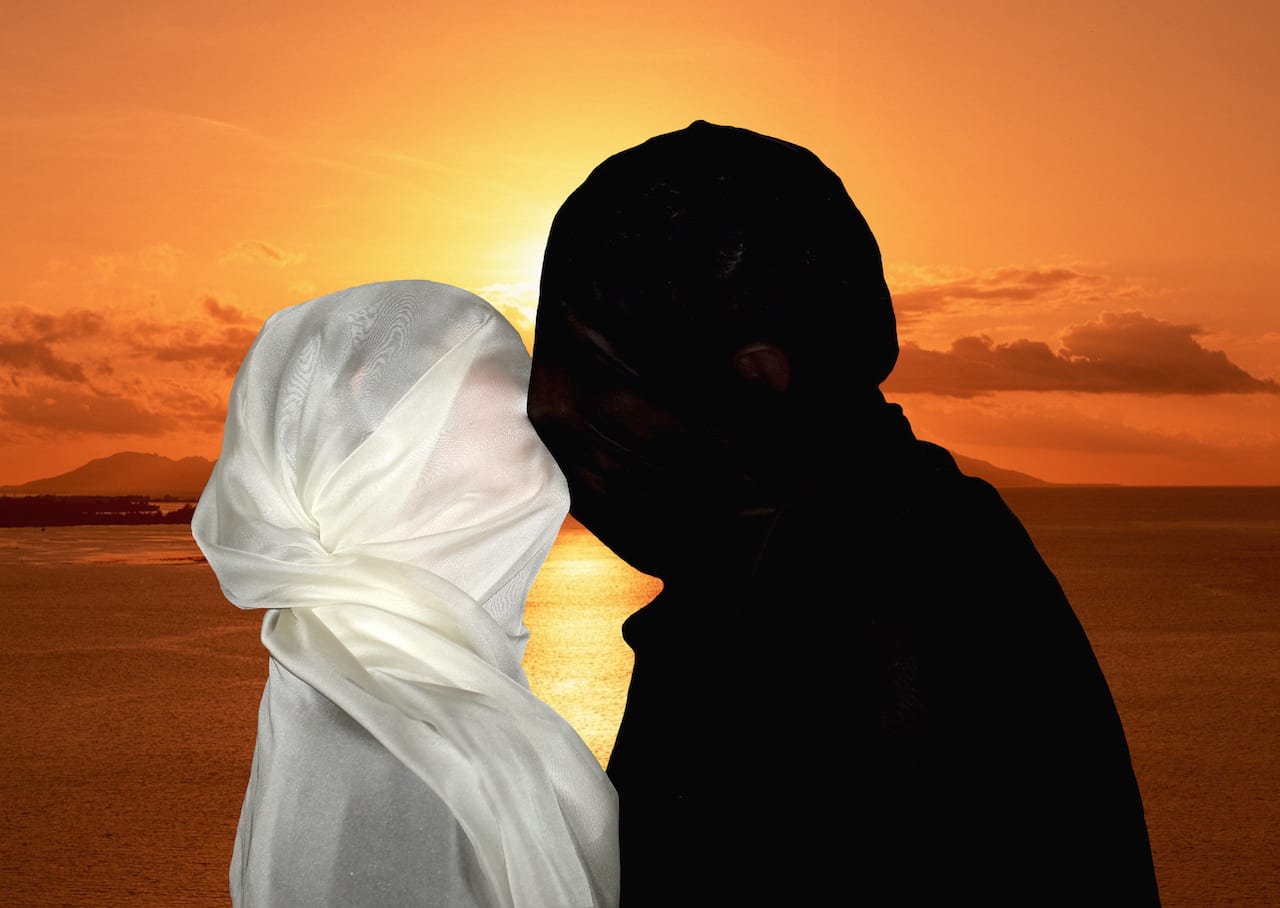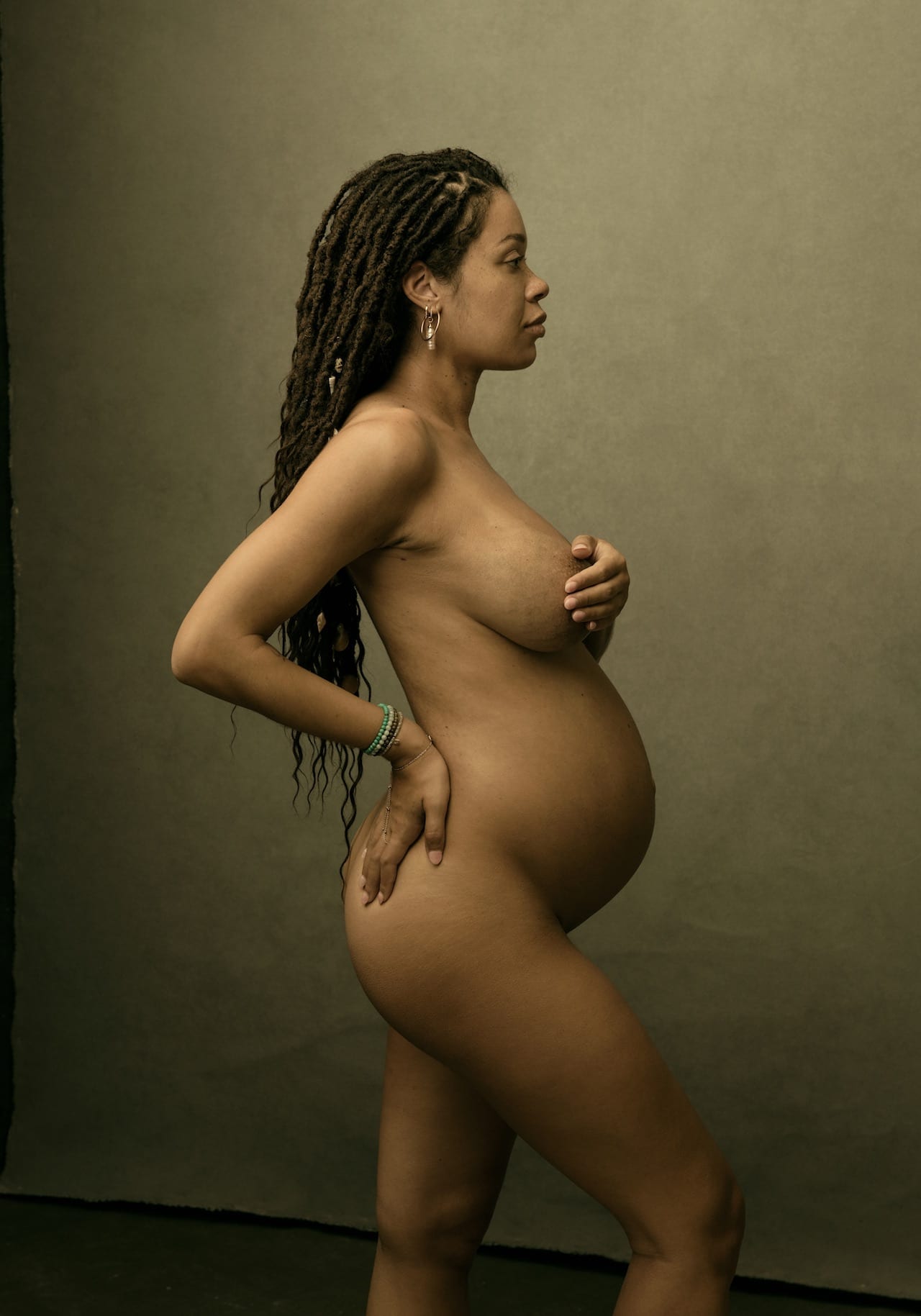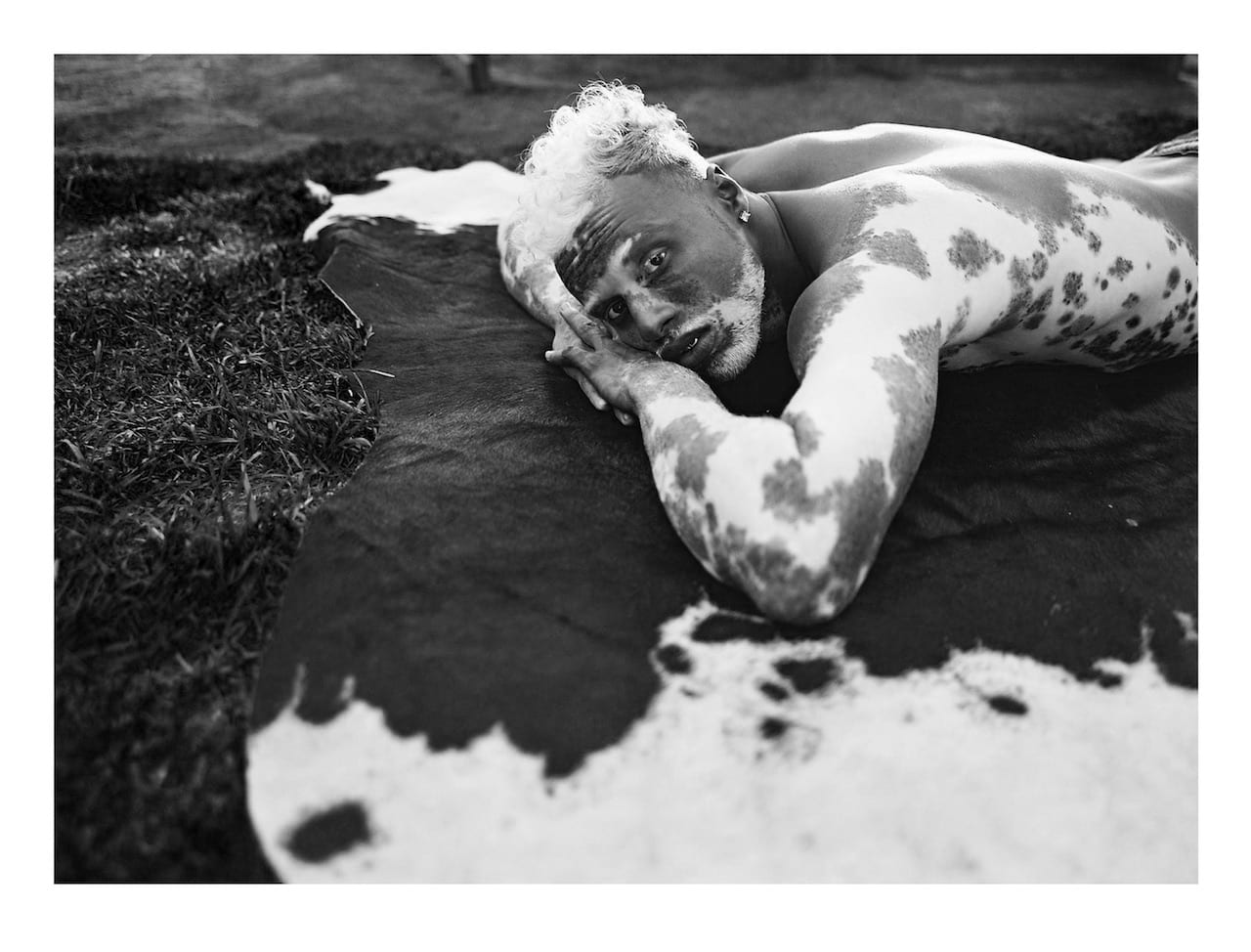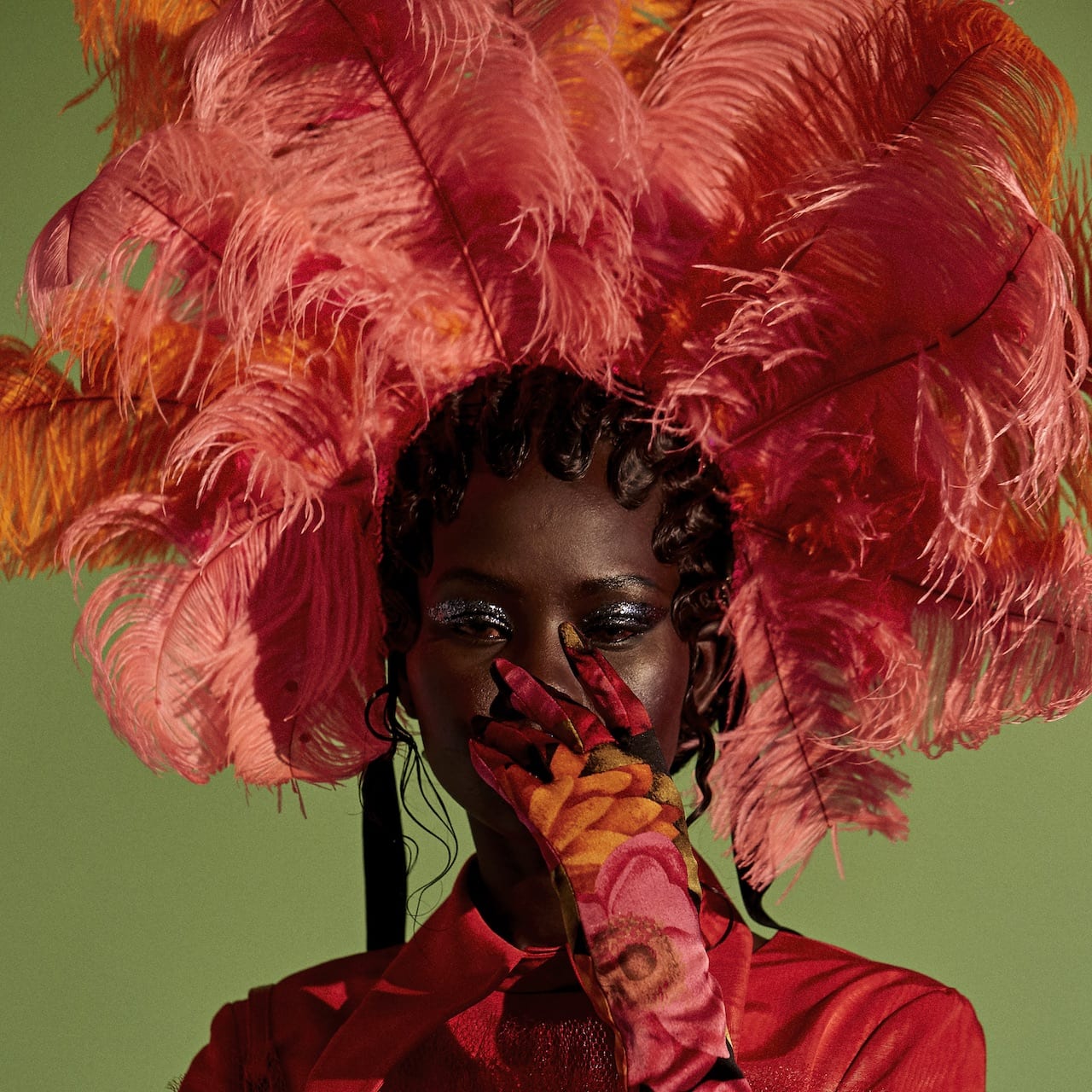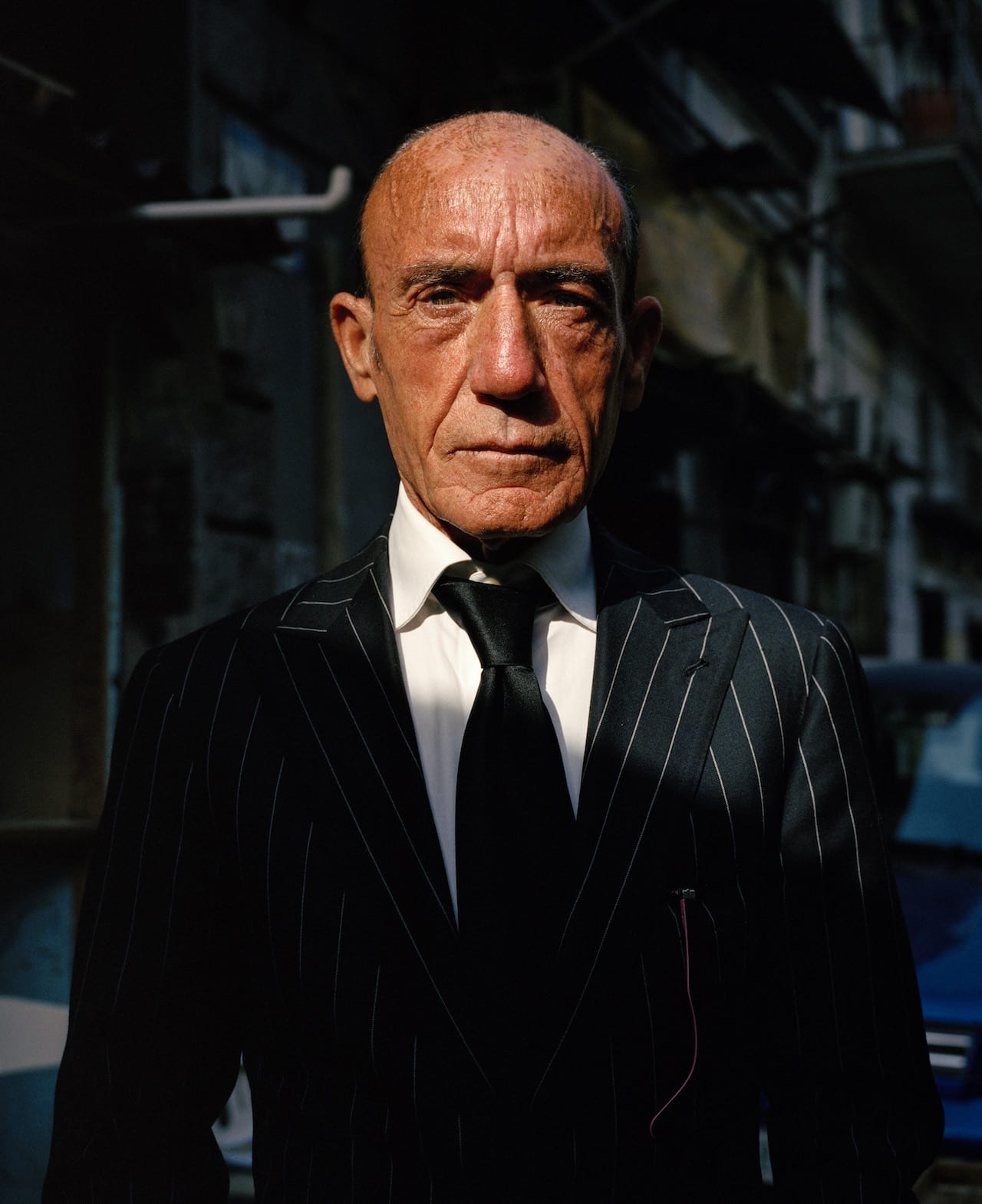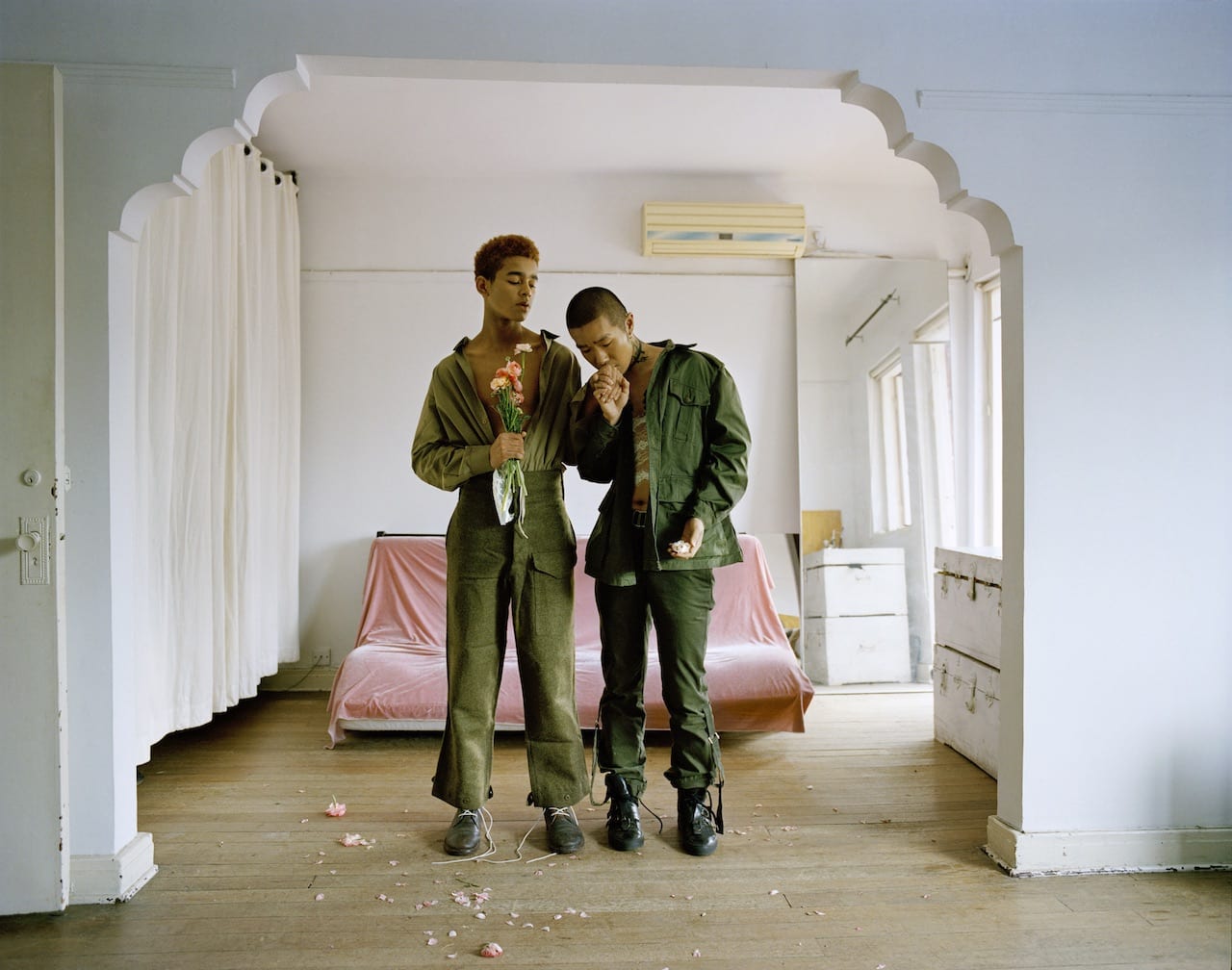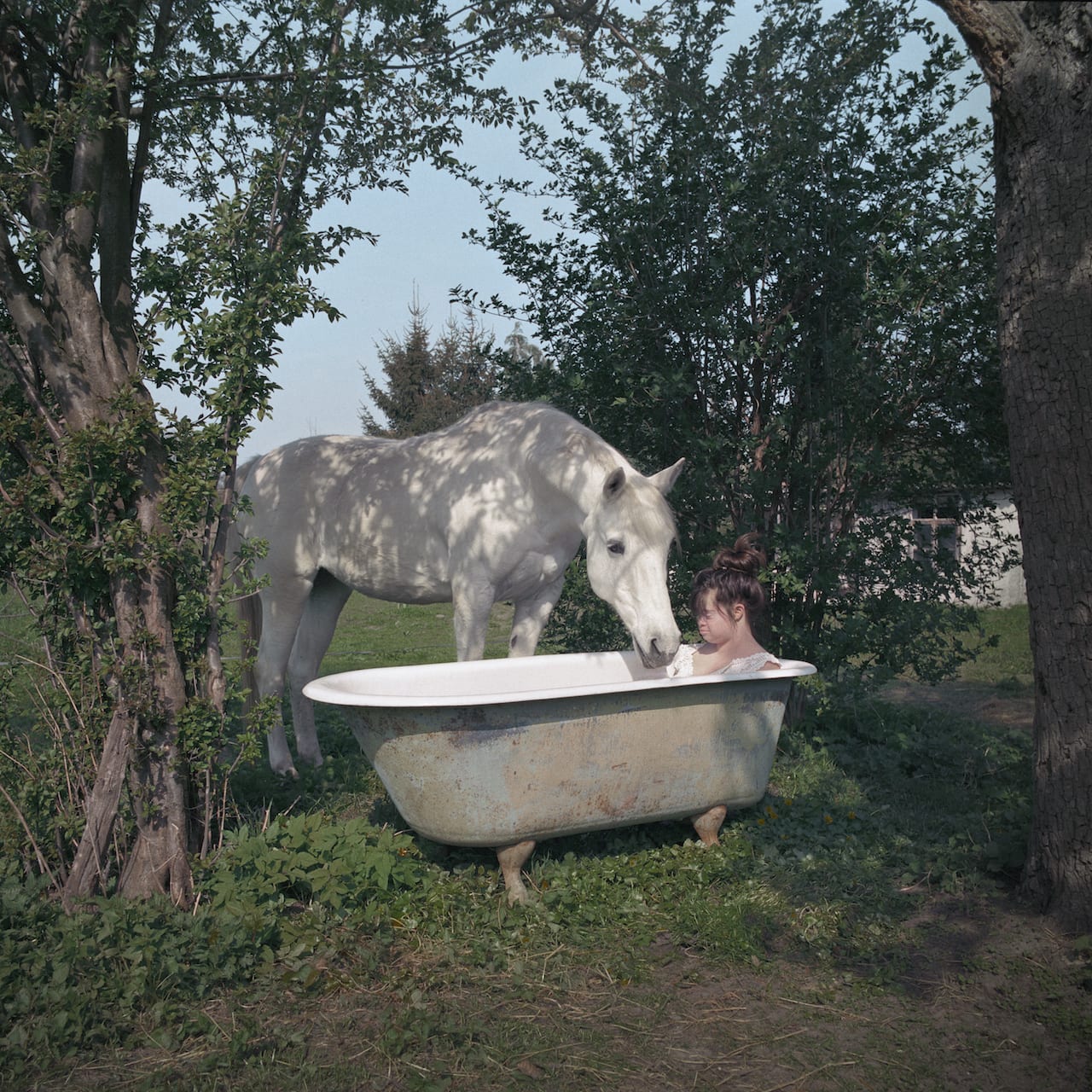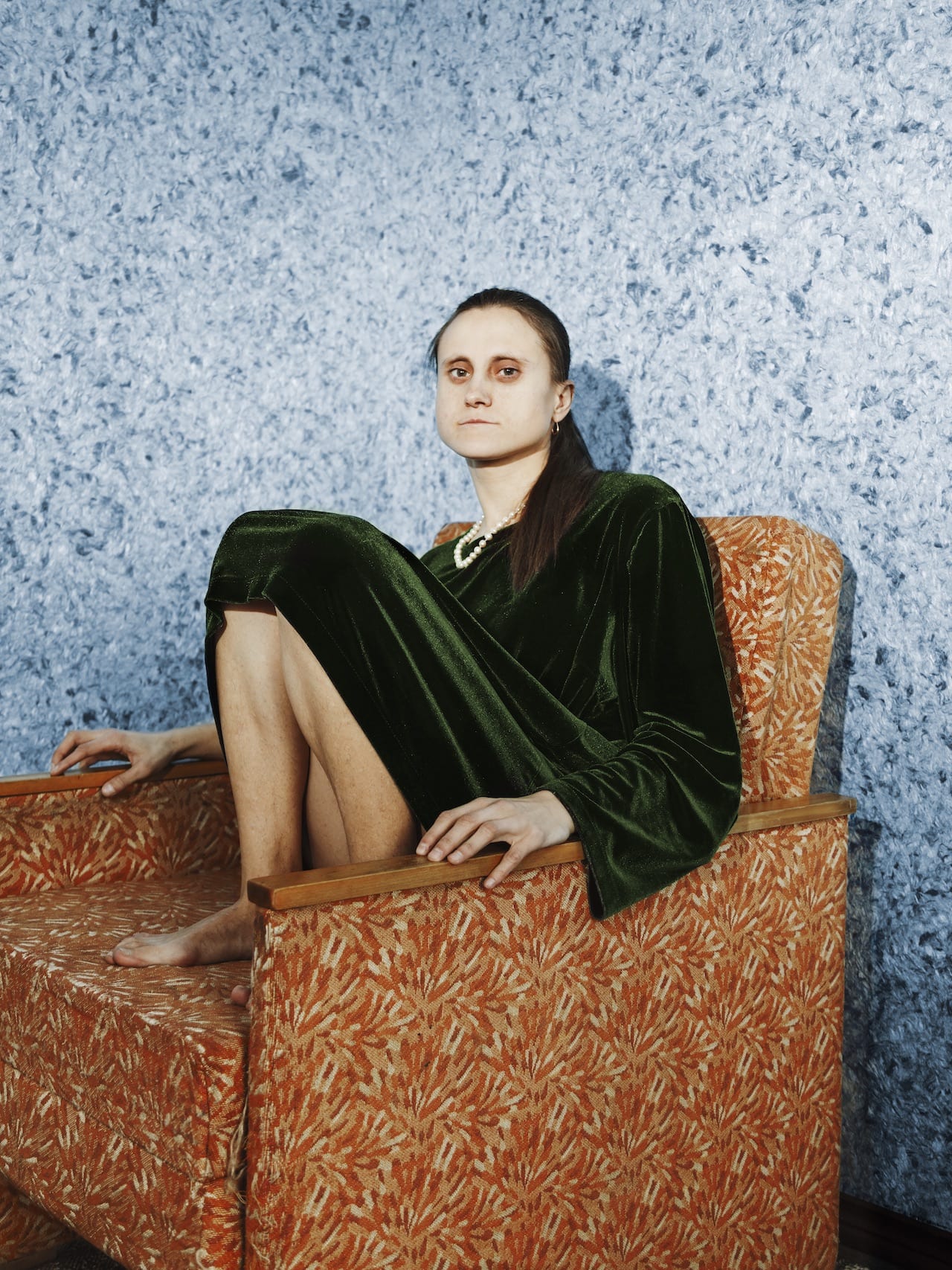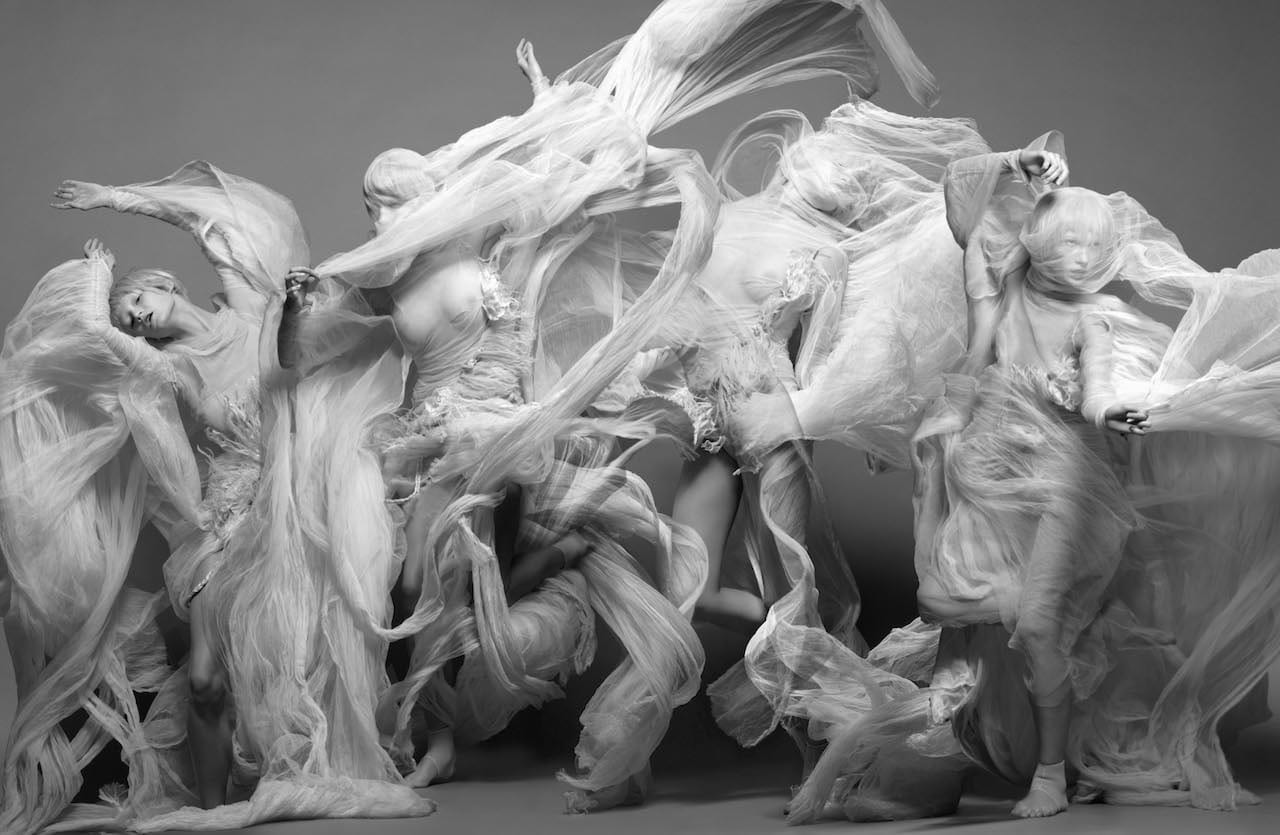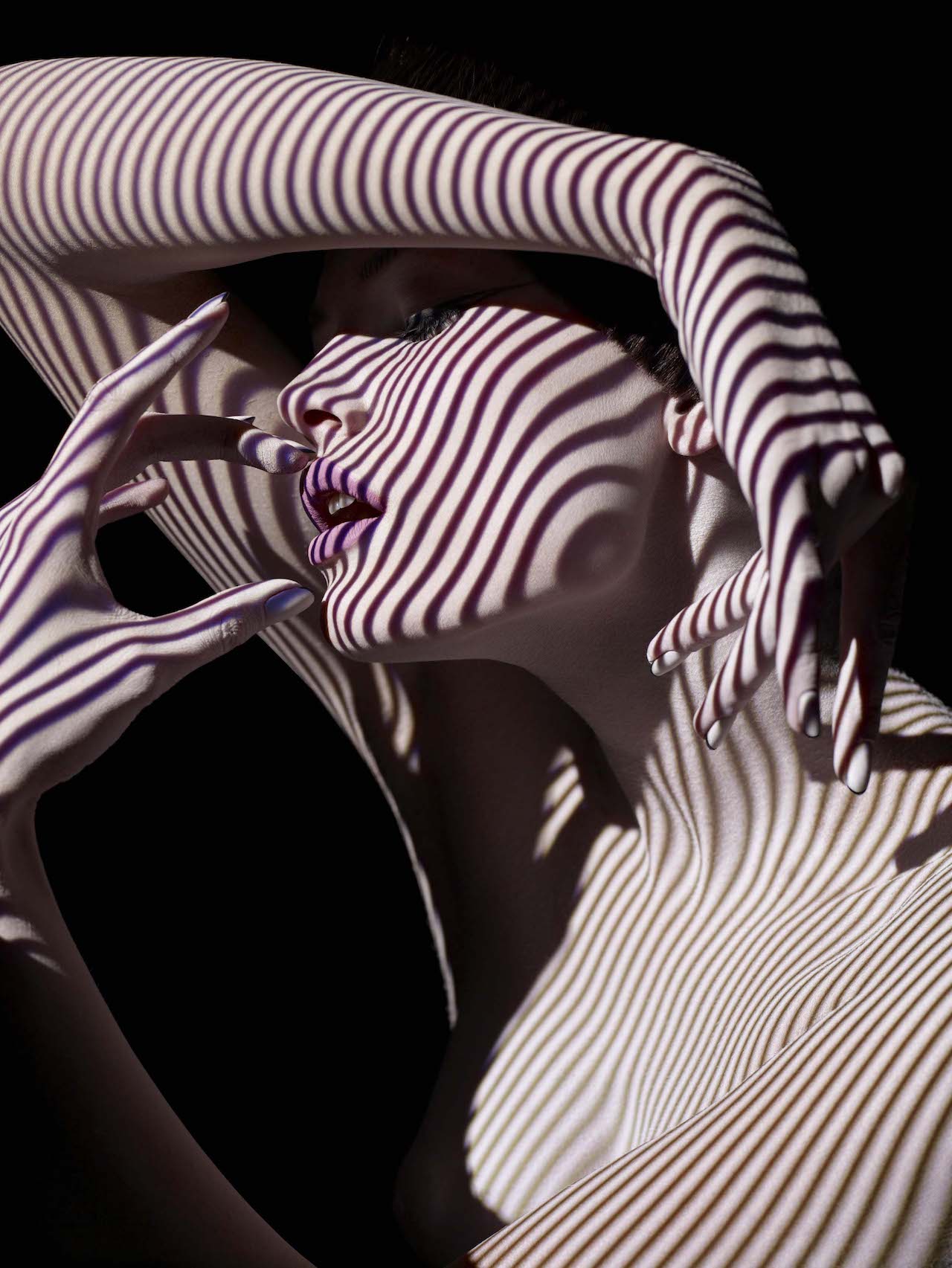Diversity has never been hotter in the fashion industry. This year, more non-white, plus-sized, and transgender models have walked the runway than ever before, and a record number of black women have appeared on the covers of glossies worldwide. Alessia Glaviano, senior picture editor at Vogue Italia and director of the Photo Vogue Festival thinks we owe it to the internet. “I believe that nothing would have happened, or not this fast, in terms of inclusivity, if it wasn’t for social media,” she says. “It’s a progressive platform for talking about race, identity, sexuality, and disability.”
But diversity isn’t just a trend, it’s a reality. Years before #diversity began to take off, forward-thinking publications such as Vogue Italia were already poking holes in the industry’s representation problem, with initiatives such as the July 2008 “all black” issue. Vogue Italia is known for being adventurous, for setting a standard for cutting-edge fashion photography. Over the years has given artistic freedom to commissioned photographers such as Steve Meisel, Ellen von Unwerth and Miles Aldridge, who have shot stories unlikely to be seen elsewhere, engaging with themes such as plastic surgery and domestic violence.
“It’s been in our DNA since the beginning,” says Glaviano. “We’ve always been really engaged and committed to this part of fashion that can be very strong and influential.
“I’ve never believed in boundaries and labelling things,” she adds. “No one cares that Michelangelo was commissioned to create the Sistine Chapel. What they care about is the final result.”
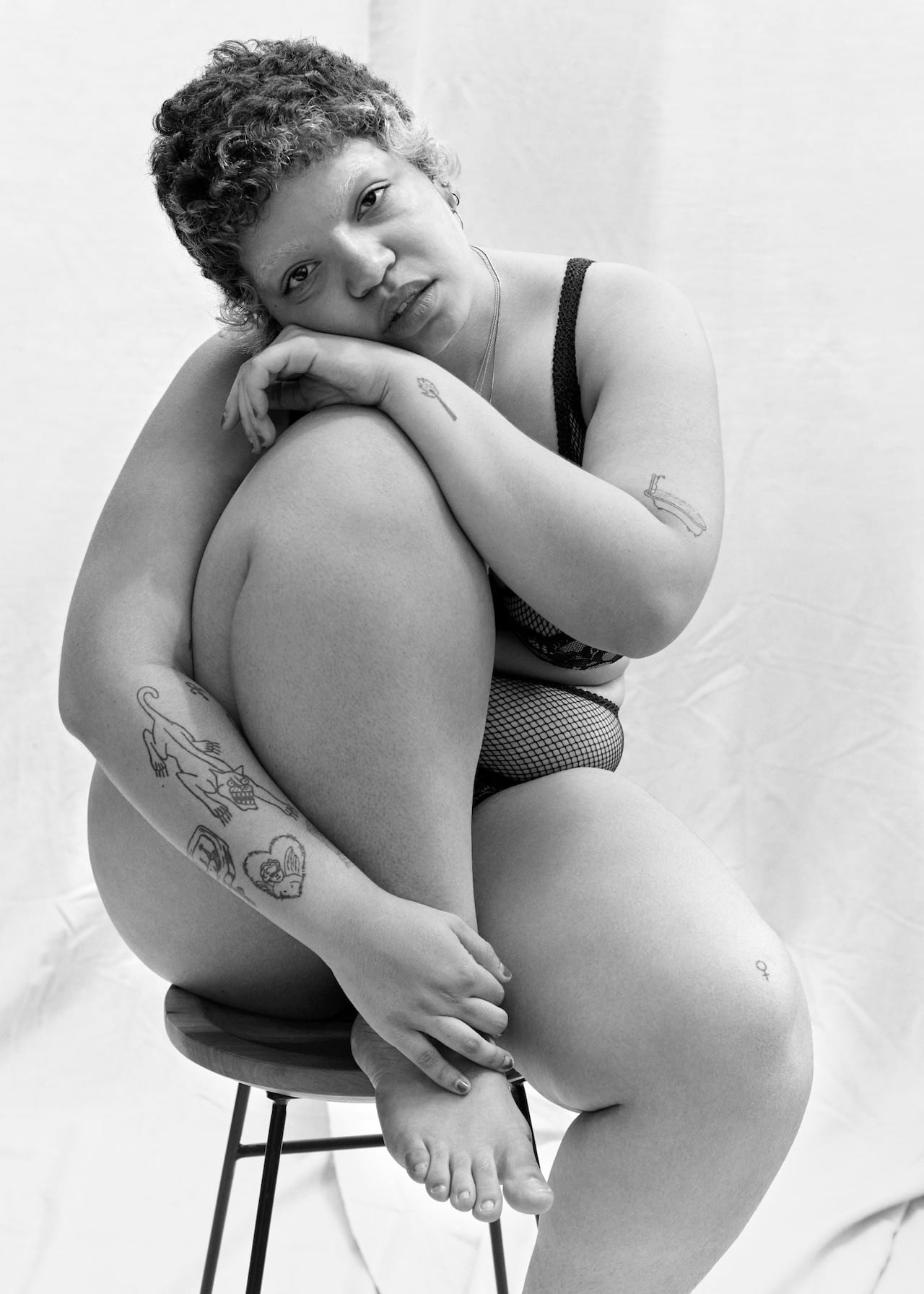
Glaviano says discussions around fashion tend to be trivialised, especially in mainstream media and Hollywood films. But, she points out, an industry worth $2.4 trillion should not be underestimated. “Clothes define who we are, we dress in order to feel ourselves. There is an anthropological and social meaning to fashion that I feel has been a bit lost,” she says.
With Photo Vogue Festival, Glaviano wants to reaffirm this historical and anthropological approach. In the first year of the festival, in 2016, photographers responded to the concept of the female gaze; the second year was curated around the theme ‘Fashion and Politics’. Now in its third year, the festival seeks to continue this conversation about the role of fashion photography in representing contemporary social issues.
Two large group exhibitions will occupy the space at Base Milano this year, both curated with a conscious eye on diversity in terms of the subjects and also the photographers involved. Embracing Diversity will show 73 images selected by an international jury from the Photo Vogue platform – a curated online space on vogue.it on which emerging photographers can submit their work. It includes artists such as Daniel Jack Lyons, Laura Pannack, Maxim Vakhovskiy, and Shuwei Liu, with portraits that embrace diversity in all its forms – be it physical, gender-related, geographical, or cultural.
The second exhibition, All That Man Is: Fashion and Masculinity Now, is curated by Vogue Italia picture editor Chiara Bardelli Nonino, who selected 54 photographs exploring different shades of what it means to be a man. The theme coincides with the relaunch of L’Uomo Vogue as a biannual publication, after a short break that marked its end as a monthly title. “Manhood is a very fragile and precarious status. It’s something men are afraid to lose, and it’s something they feel they have to earn,” says Nonino.
While women may have been historically oppressed, femininity now has the freedom to be expressed in different ways, she says. But the same cannot be said for men, who have been excluded from much of the discussion on femininity – even though they are so much a part of what has historically defined it.
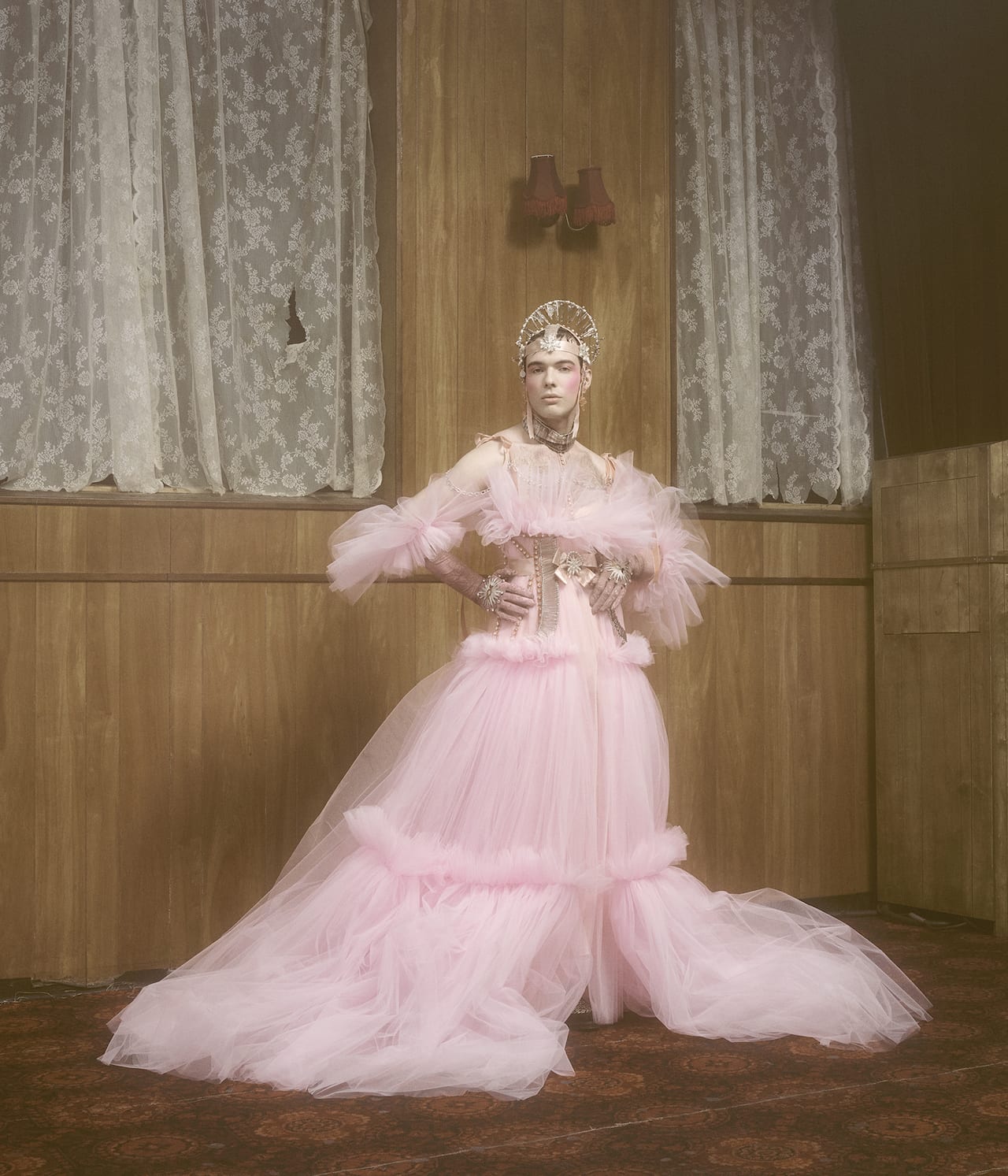
“I don’t want to generalise, but the politics of Trump, and the extreme alt-right movement probably has something to do with the defensiveness of modern contemporary men,” says Nonino. “I thought that fashion photography was an interesting playground to develop that concept, because you see more of a freedom in expressing different types of masculinity.”
As a counterpiece to the two shows at Base Milano, a major solo exhibition of renowned photographer Sølve Sundsbø will be on display in the Royal Palace of Milan. Titled Beyond the Still Image, it will exhibit more moving image than photography. Amongst all the current debates about the female body and representation, fashion photography is moving more towards realistic depictions of beauty, “which is great,” says Glaviano. But she adds that one of the appealing things about fashion photography is that it doesn’t always need to be real – it can also express fantasy.
Sundsbø is a dreamer, an essential strand in fashion photography – as she points out, Irving Penn once said he “always thought we were selling dreams, not clothes” when working at Vogue. Sundsbø’s work shows what fashion photography can be, and the possibilities for it to move beyond still images.
“I think what makes us so strong in Vogue Italia is that we have an eye that goes from documentary photography to fashion photography,” she says. “We are accepting the idea that ethics and aesthetics can meeting each other somewhere.”
https://www.vogue.it/en/photovogue Photo Vogue Festival will take place in Milan from 15 – 18 November; Sølve Sundsbø’s exhibition Beyond The Still Image is on show at the Palazzo Reale from 15 November – 09 December
